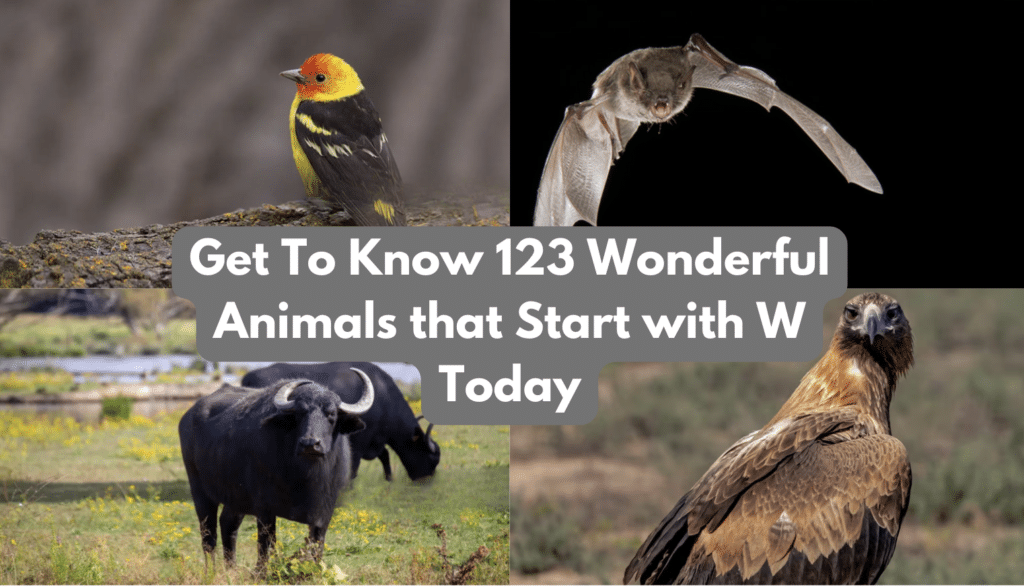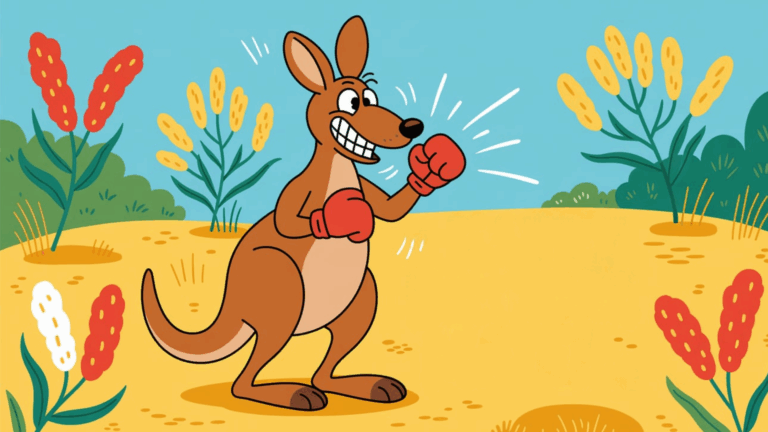Want to uncover some of nature’s most interesting creatures?
From the majestic White Rhino to the peculiar Whip Spider, here’s an incredible collection of 123 animals that begin with ‘W’.
Looking to expand your wildlife knowledge? You’re in for a treat. Learn interesting facts about creatures – from the depths of the ocean to the highest mountains.
Some of these wonderful world of W-named animals will leave you speechless!
Animals that Start with W Found in The Wild
1. Wallaby
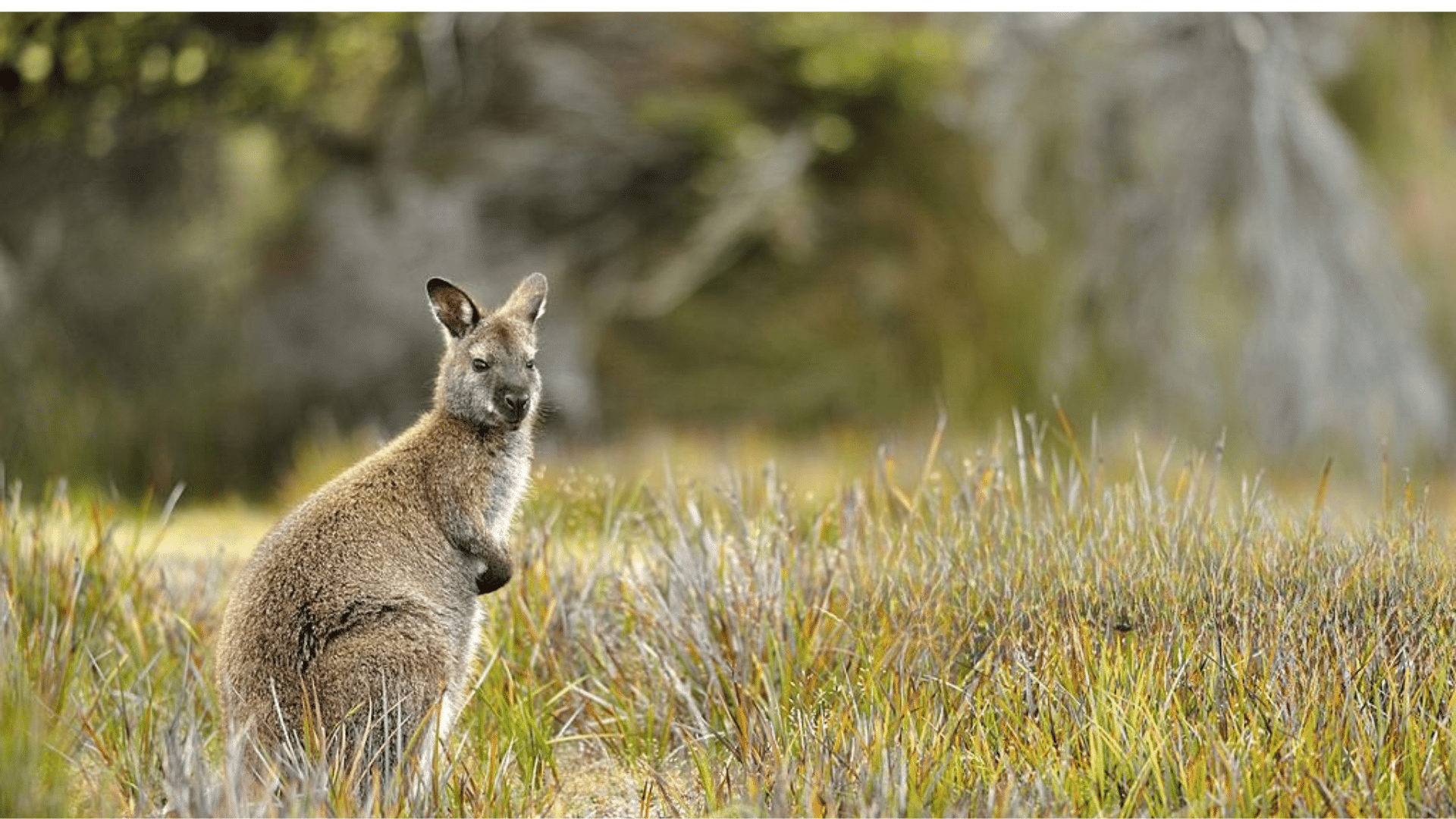
A small to medium-sized marsupial known for its powerful hind legs and ability to hop.
These social creatures are often seen in groups called mobs, and females carry their young in pouches. Wallabies are excellent jumpers and can cover great distances with minimal energy expenditure.
- Species: Red-necked Wallaby, Swamp Wallaby, Rock Wallaby
- Habitat: Forests, grasslands, and rocky outcrops of Australia
- Diet: Grass, leaves, and native vegetation
2. Walrus
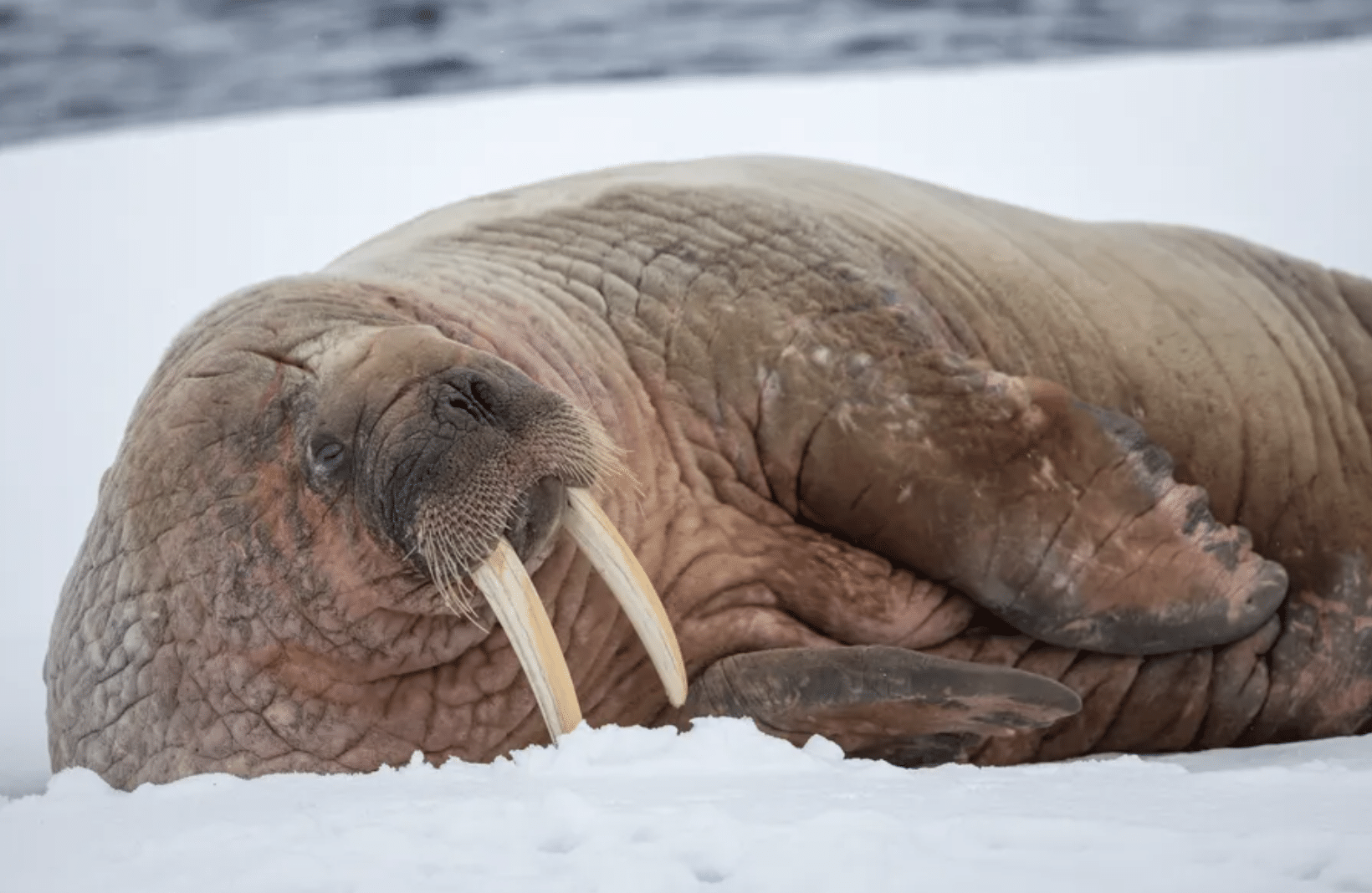
A massive marine mammal with distinctive tusks and whiskers, capable of diving deep for food.
Walruses are highly social animals that gather in large groups called huddles. They use their sensitive whiskers to locate food on the seafloor.
- Species: Pacific Walrus, Atlantic Walrus
- Habitat: Arctic and subarctic coastal waters
- Diet: Clams, mussels, and other marine invertebrates
3. Warthog
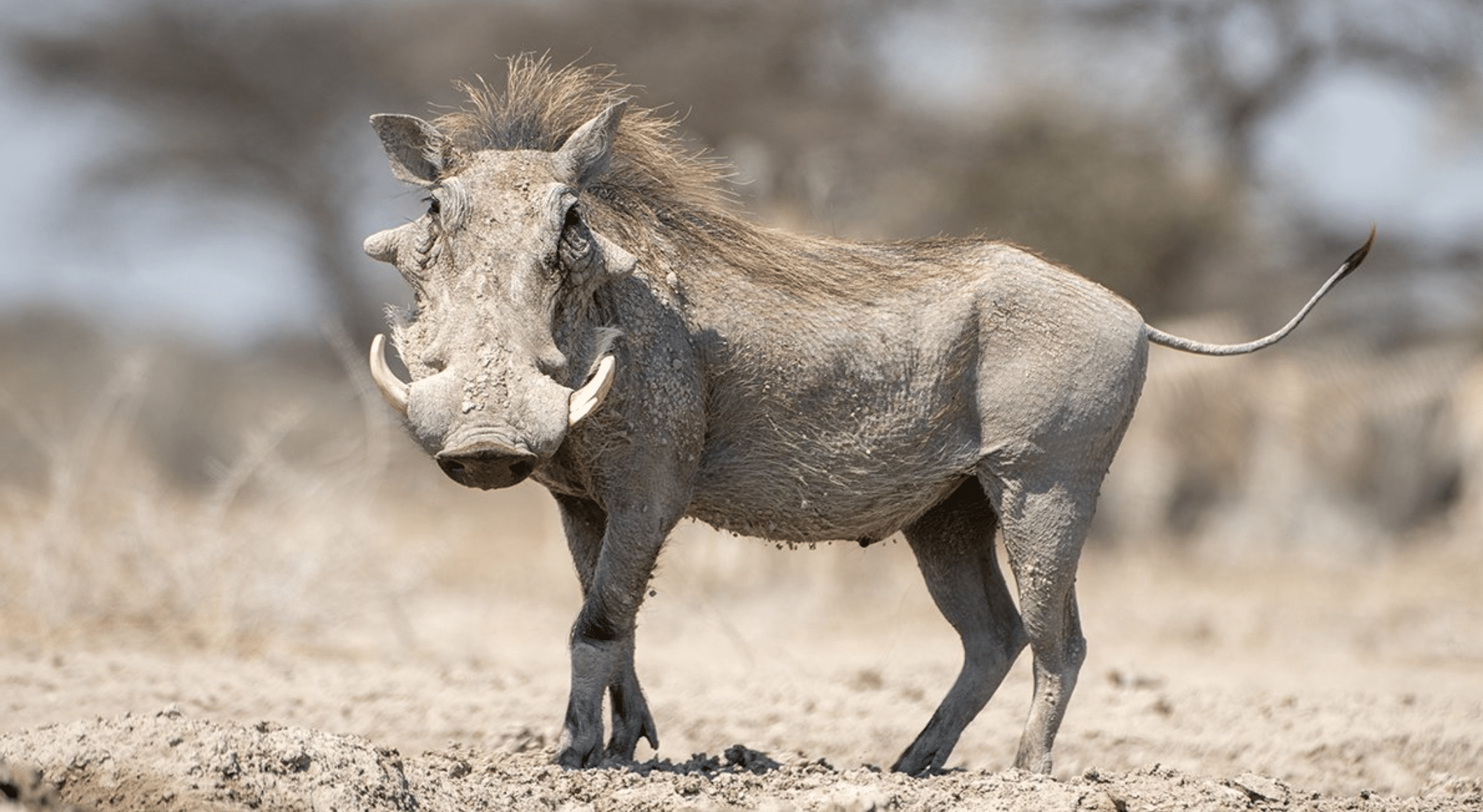
A rugged wild pig with distinctive facial warts and upward-curving tusks.
Known for their unique running style with tails held upright, warthogs are surprisingly agile despite their bulky appearance. They often kneel on their front legs while feeding.
- Species: Common Warthog, Desert Warthog
- Habitat: African savannas and woodlands
- Diet: Grass, roots, and tubers
4. Wasp
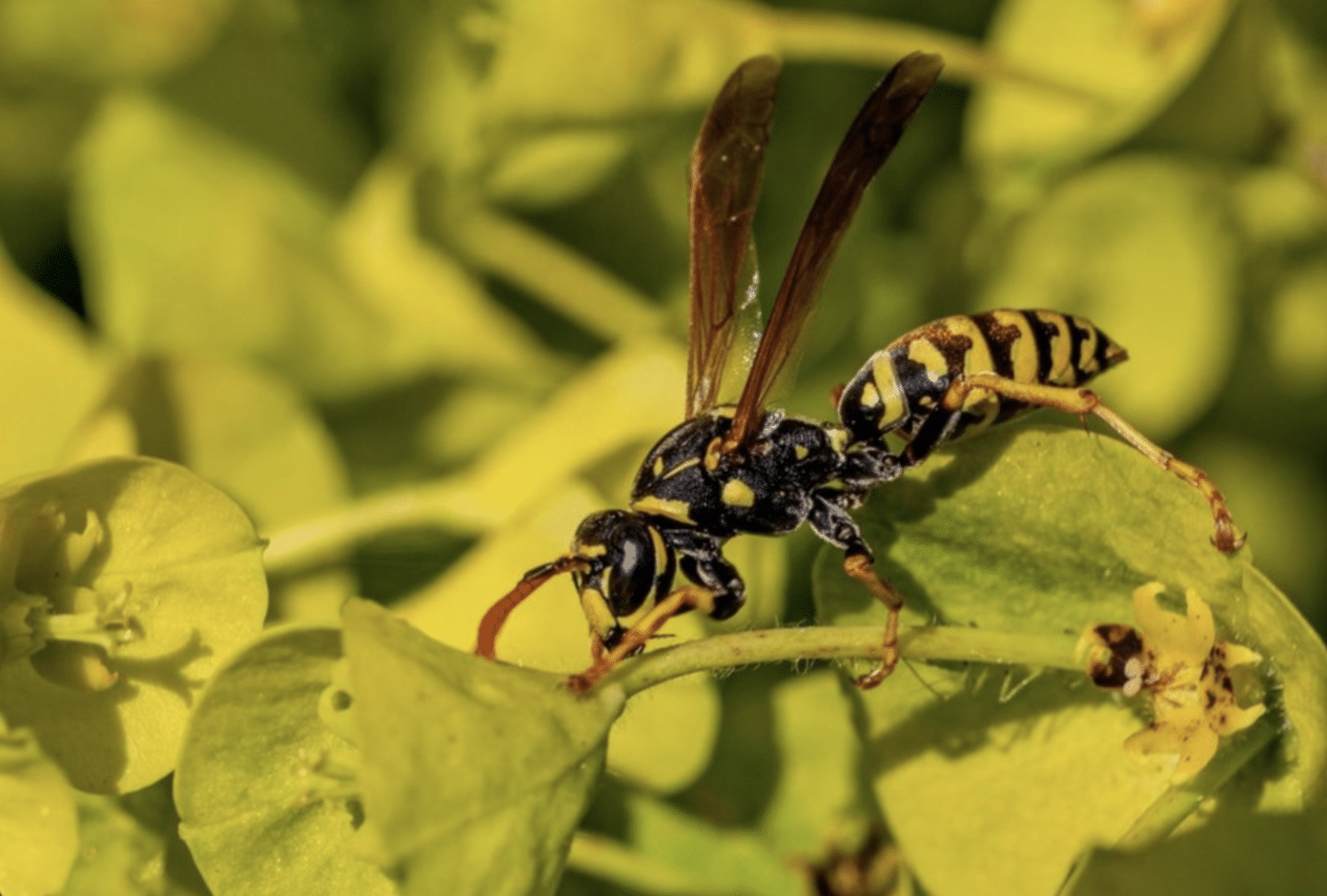
A flying insect with distinctive black and yellow stripes and a powerful sting.
Wasps are skilled architects, building intricate nests from chewed wood pulp. They play an important role in controlling pest populations and pollinating plants.
- Species: Yellow Jacket, Paper Wasp, Hornet
- Habitat: Worldwide in various environments
- Diet: Insects, nectar, and fruit juices
5. Weasel
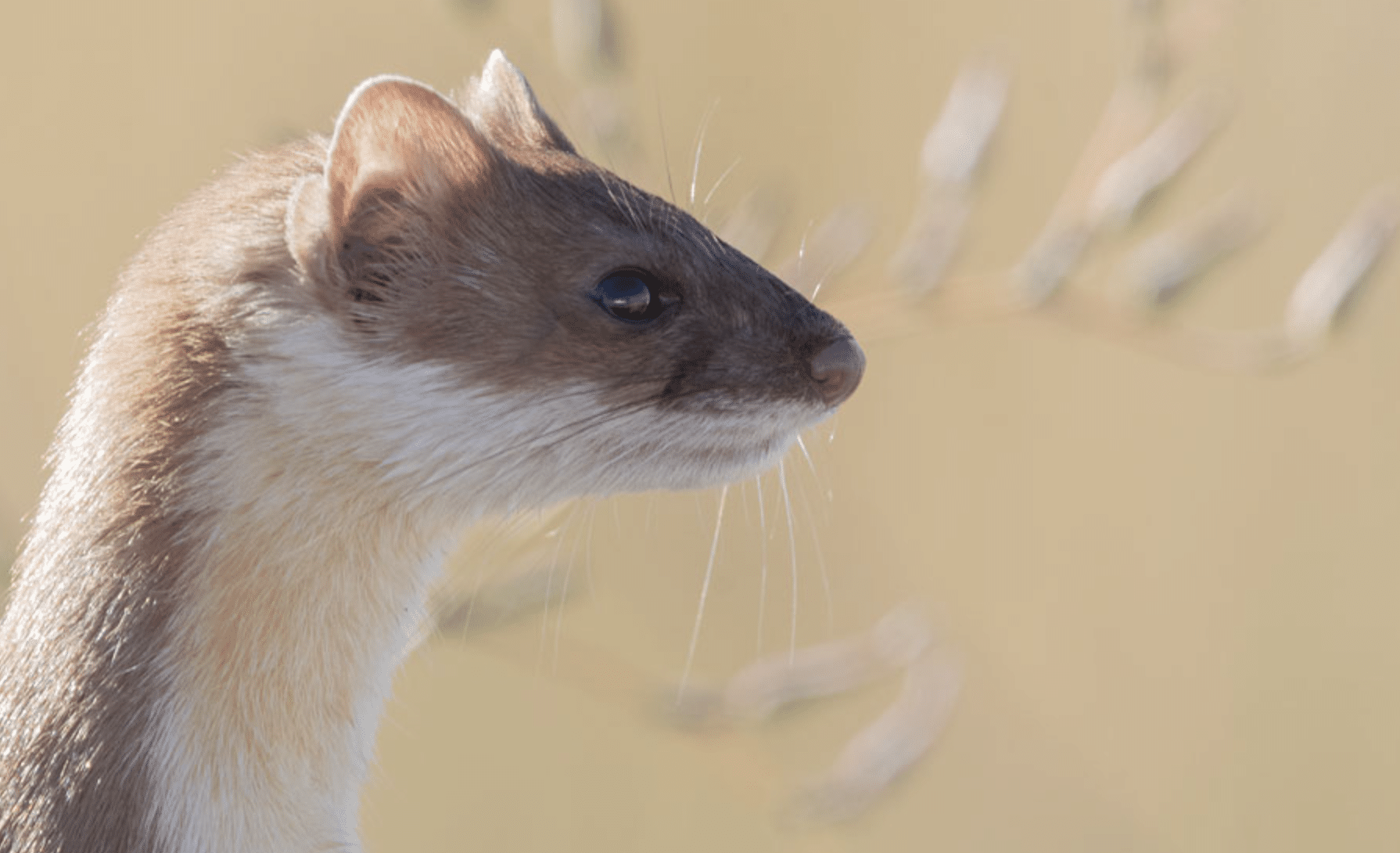
A small, agile carnivore with a long, slender body perfect for pursuing prey into burrows.
Weasels are fierce hunters despite their small size and are known for their quick movements and high metabolism.
- Species: Least Weasel, Long-tailed Weasel, Stoat
- Habitat: Woodlands, fields, and tundra
- Diet: Mice, voles, rabbits, and birds
6. Whale
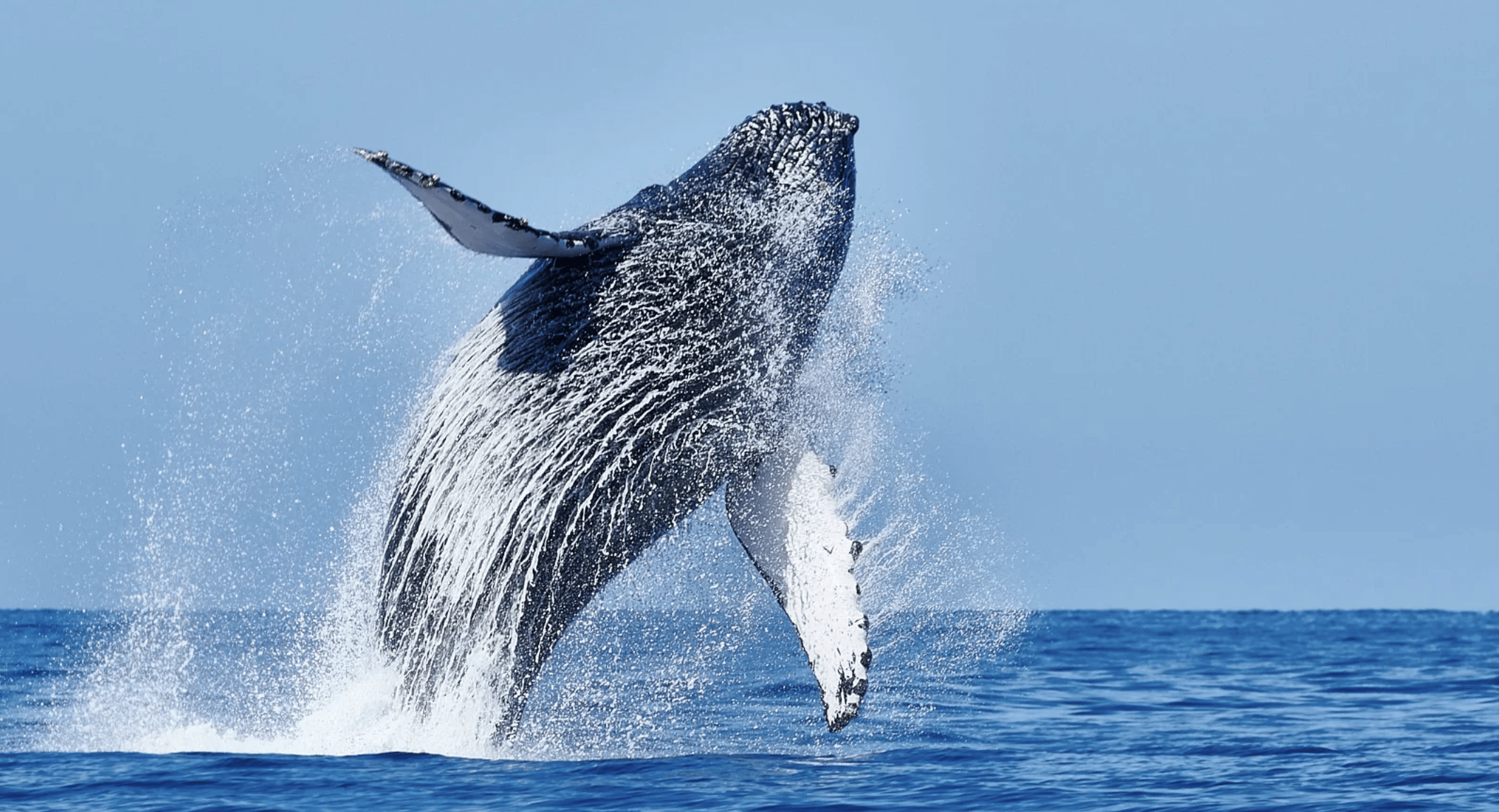
These magnificent marine mammals are among the largest animals on Earth.
Known for their complex social structures and communication through songs, whales are highly intelligent and capable of traveling vast distances during migration.
- Species: Blue Whale, Humpback Whale, Orca
- Habitat: All world’s oceans
- Diet: Krill, fish, and squid
7. White Rhinoceros
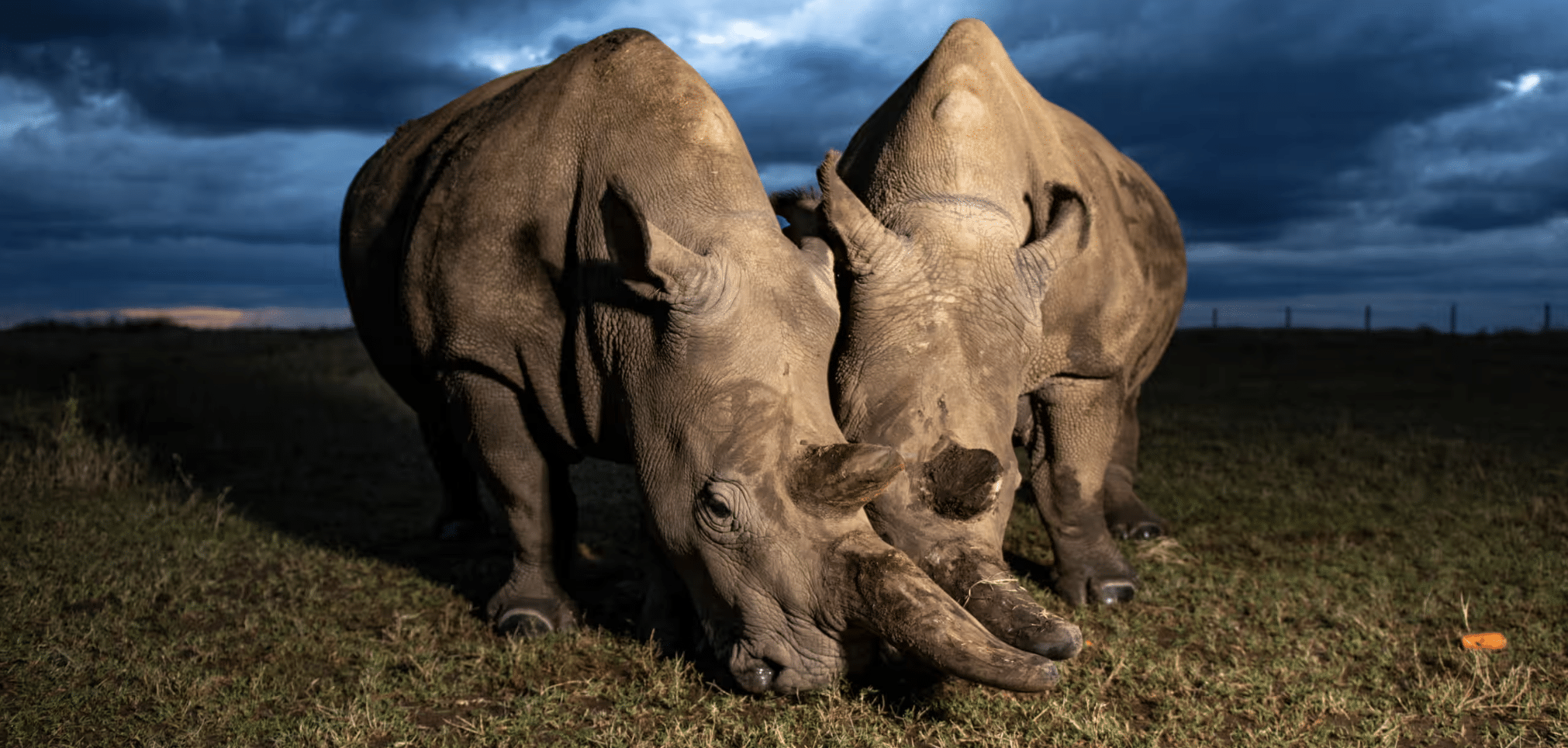
The largest of all rhino species, these massive herbivores are characterized by their wide mouths and two horns. Despite their name, they are actually grey in color.
These peaceful giants are social animals that communicate through various vocalizations and body language.
- Species: Southern White Rhinoceros, Northern White Rhinoceros
- Habitat: African savannas and grasslands
- Diet: Grass, leaves
8. White Tiger
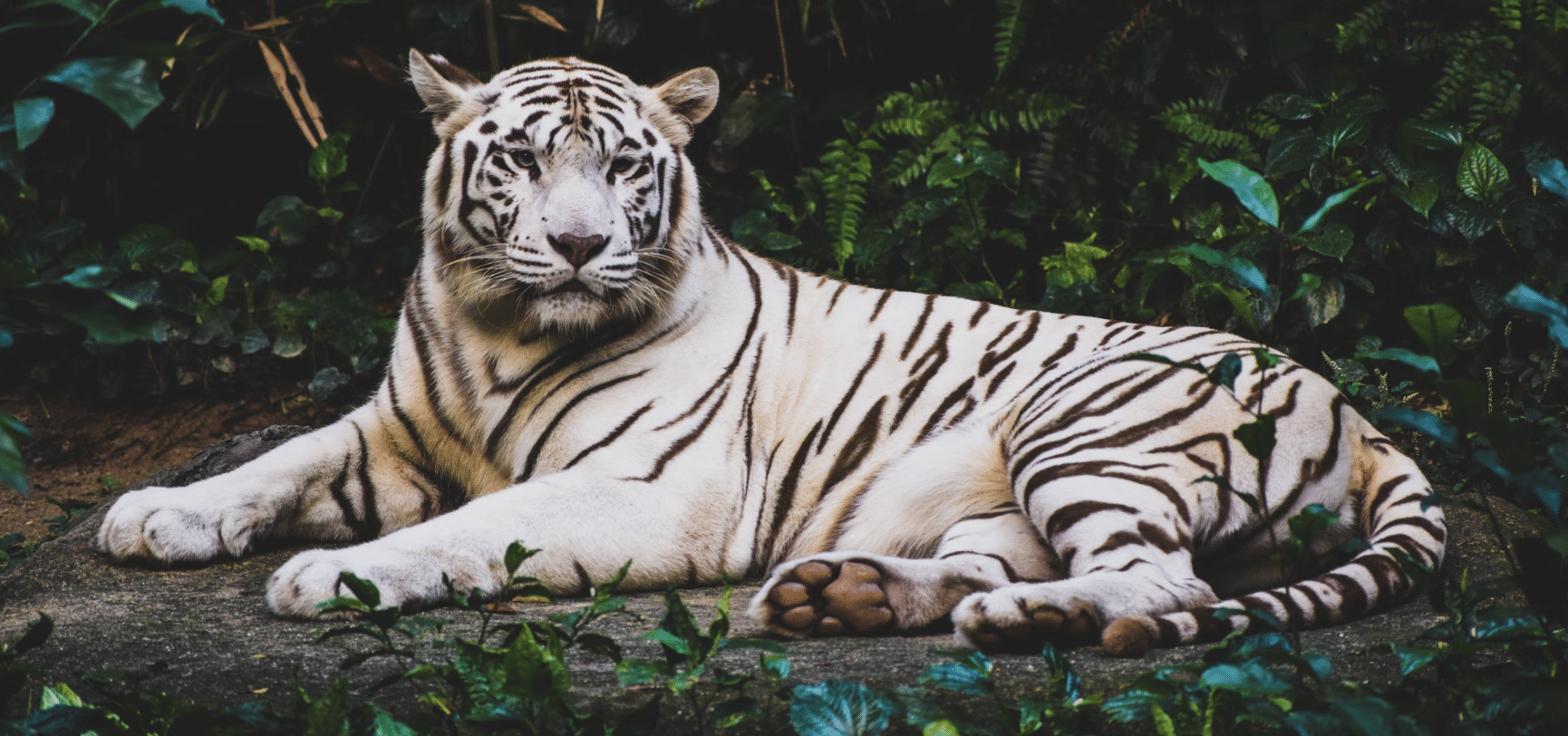
A rare color variant of the Bengal tiger, featuring striking white fur with black stripes.
These magnificent cats are not a separate species but rather the result of a genetic condition that affects pigmentation. They possess the same strength and hunting abilities as their orange counterparts.
- Species: Bengal Tiger (color variant)
- Habitat: Forests and grasslands of India
- Diet: Deer, wild boar, cattle
9. Wigeon
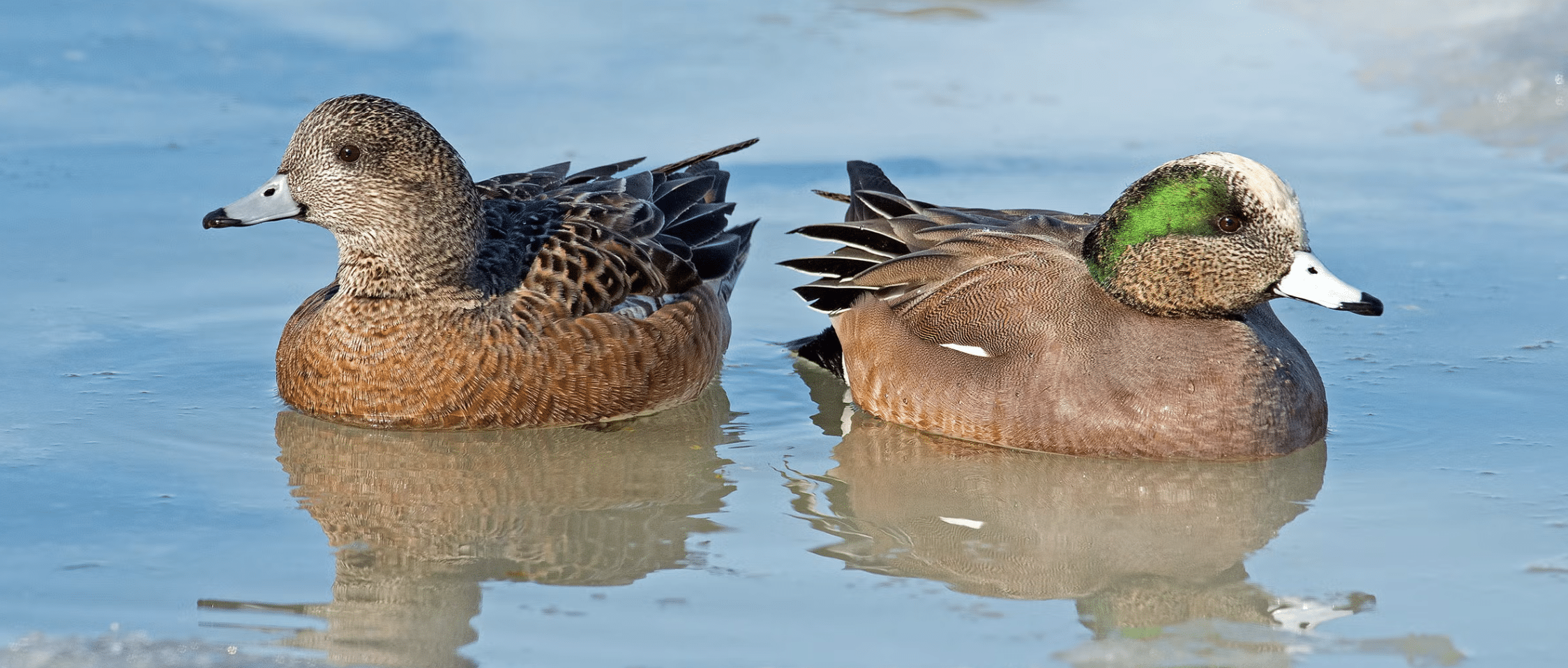
A medium-sized duck known for its distinctive whistling call and rounded head profile.
These waterfowl are excellent swimmers and can often be seen grazing on land near water bodies. They form large flocks during migration and winter months.
- Species: American Wigeon, Eurasian Wigeon
- Habitat: Wetlands, lakes, coastal areas
- Diet: Aquatic plants, grass, seeds
10. Wildebeest
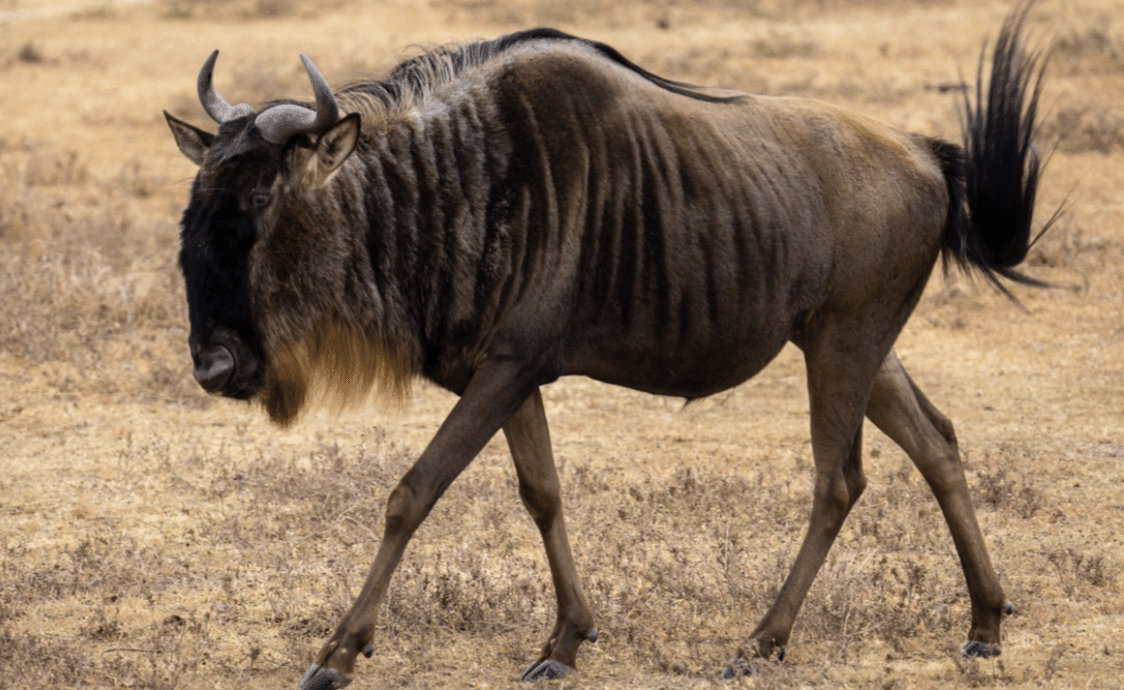
Also known as gnu, these large antelopes are famous for their annual migration across African plains.
They are characterized by their robust build, distinctive beard, and curved horns. These animals travel in massive herds, creating one of nature’s most spectacular wildlife events.
- Species: Blue Wildebeest, Black Wildebeest
- Habitat: African savannas and grasslands
- Diet: Grass, herbs
11. Wolf
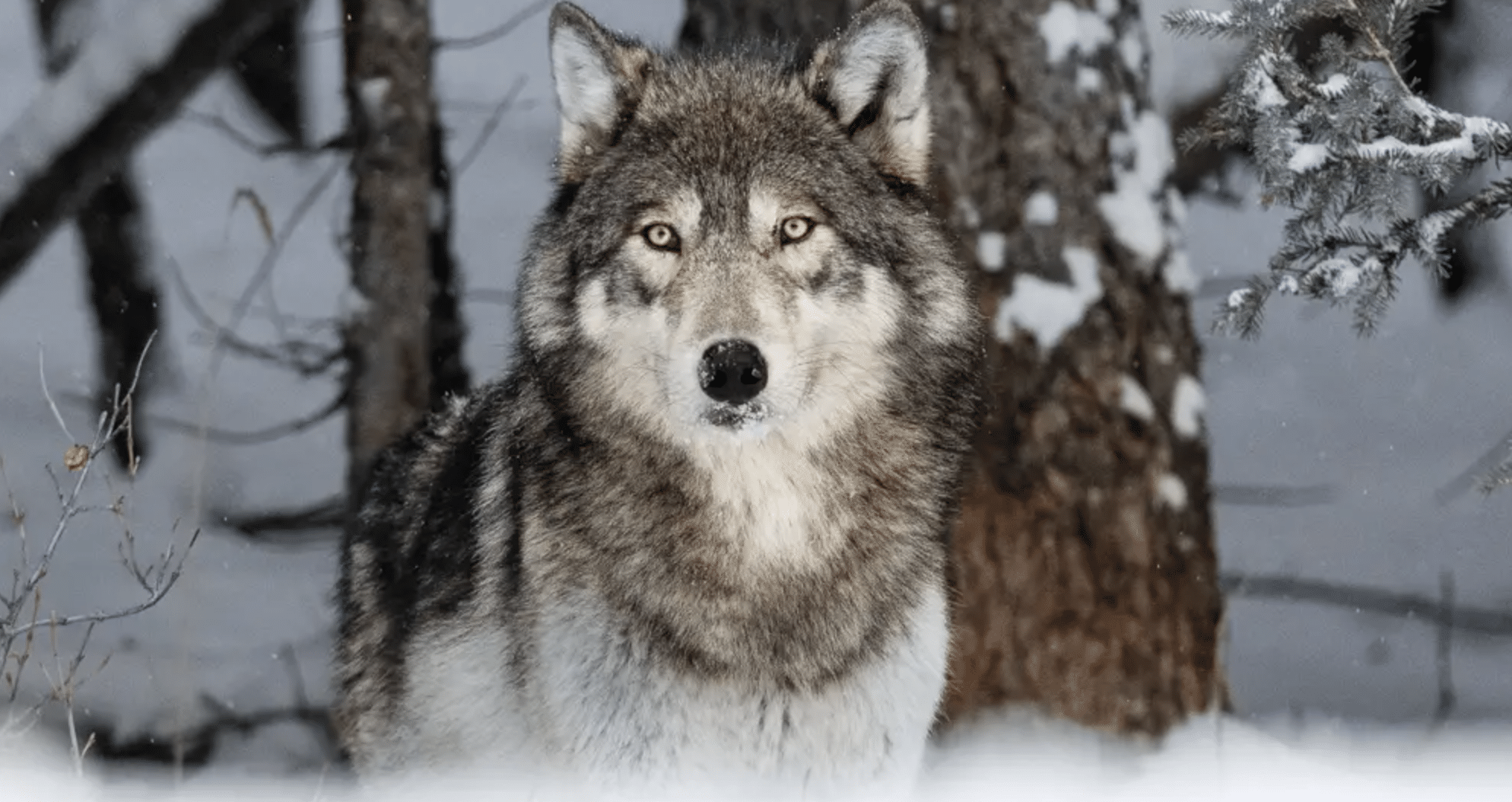
These highly social predators are known for their complex pack hierarchy and cooperative hunting strategies.
They are intelligent animals with strong family bonds and sophisticated communication methods. Wolves play a crucial role in maintaining ecosystem balance by controlling prey populations.
- Species: Gray Wolf, Red Wolf, Arctic Wolf
- Habitat: Forests, tundra, mountains across North America and Eurasia
- Diet: Deer, elk, smaller mammals
12. Wombat
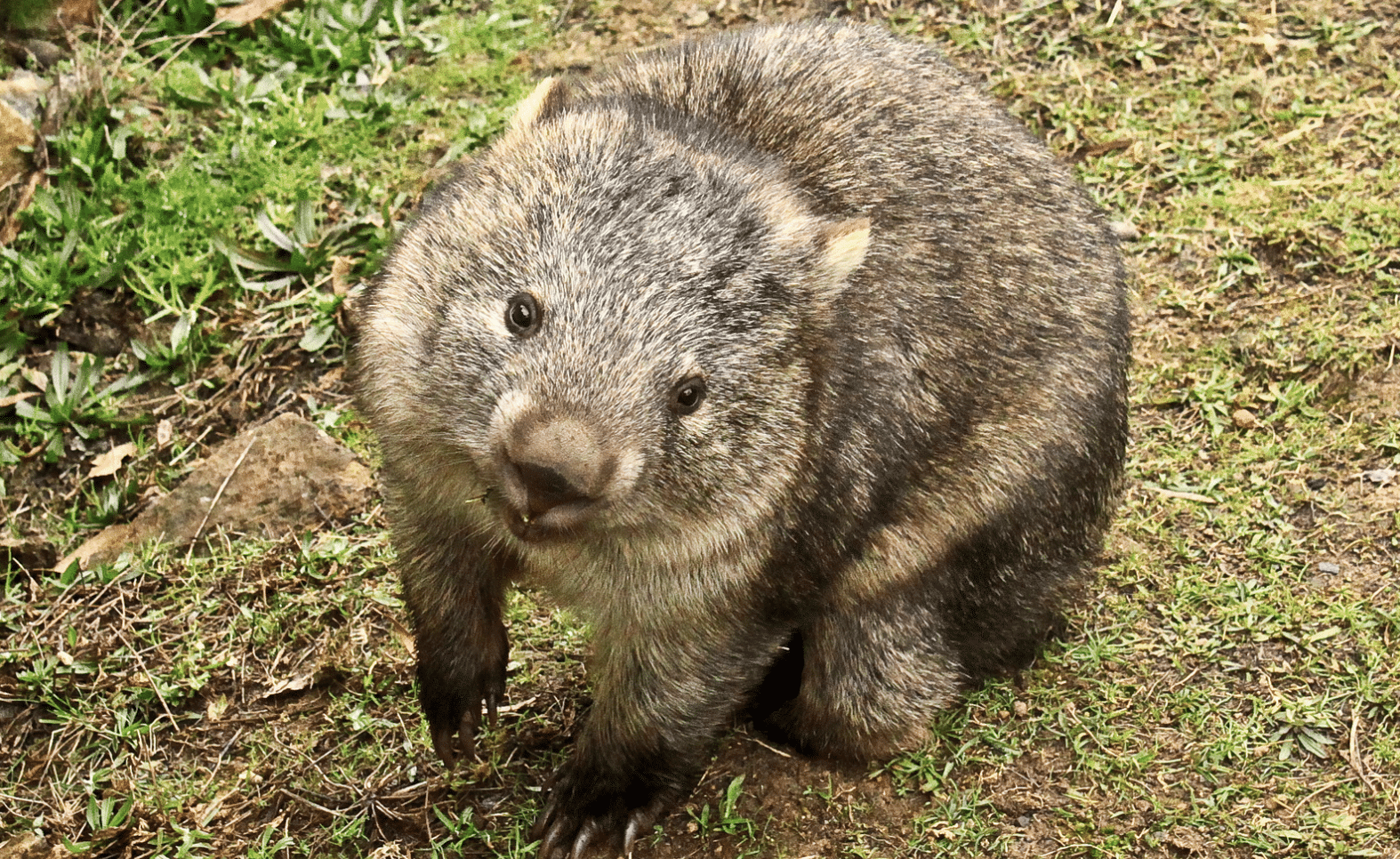
A sturdy, muscular marsupial known for its powerful digging abilities and cube-shaped droppings.
These nocturnal animals create extensive burrow systems and are surprisingly quick despite their bulky appearance. They have strong defensive capabilities and can crush predators against tunnel roofs.
- Species: Common Wombat, Northern Hairy-nosed Wombat
- Habitat: Australian forests and grasslands
- Diet: Grass, roots, bark
13. Woodpecker
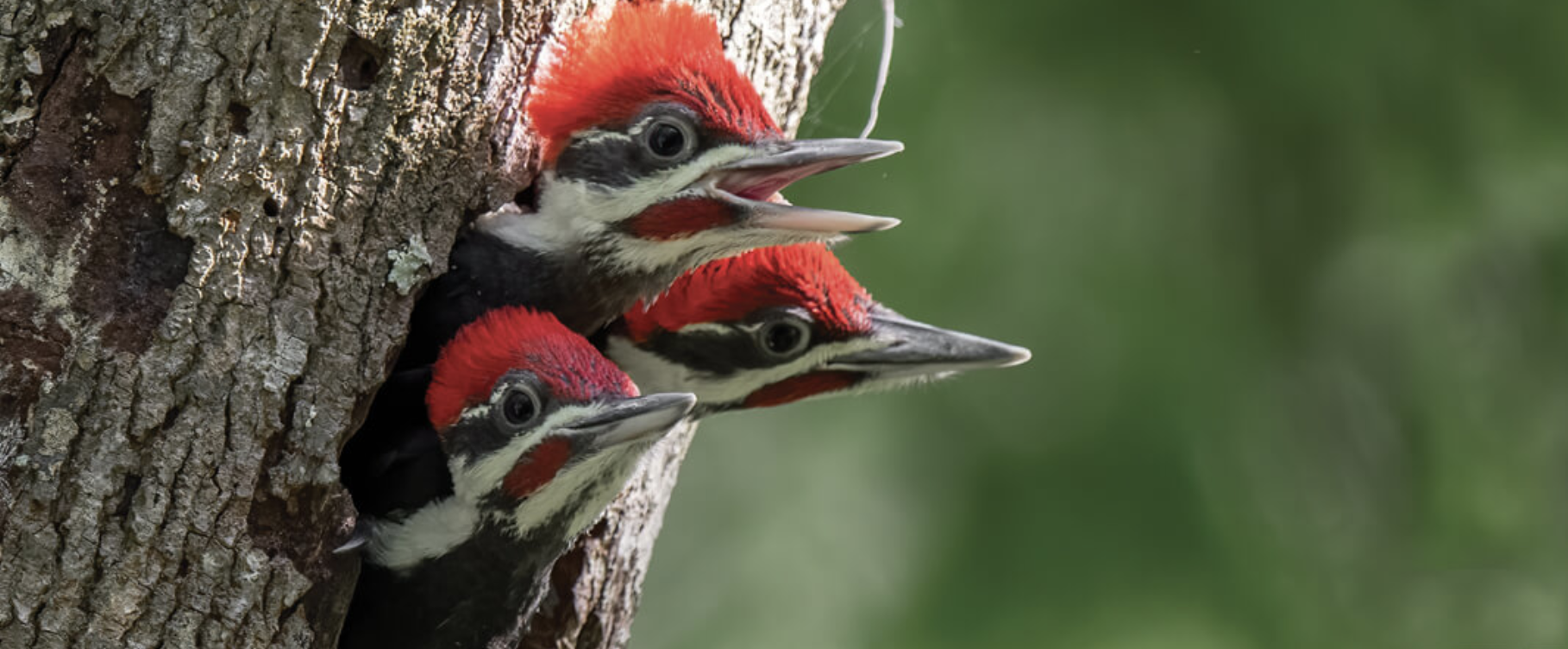
These distinctive birds are known for their strong beaks used for drilling into wood and their shock-absorbing skull structure.
They have long, sticky tongues to extract insects from trees and strong tail feathers that help them maintain position while pecking.
- Species: Downy Woodpecker, Pileated Woodpecker, Red-headed Woodpecker
- Habitat: Forests worldwide except Australia
- Diet: Insects, tree sap, berries
14. Worm
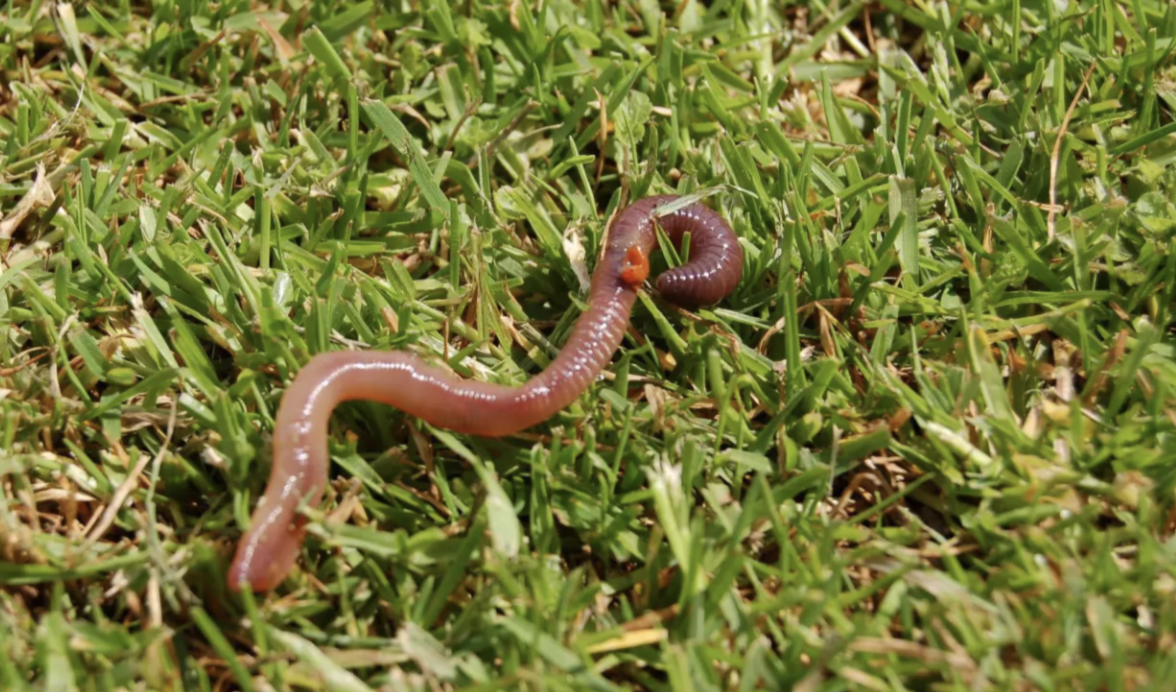
These segmented invertebrates play a crucial role in soil health through their constant burrowing and organic matter processing.
They lack limbs but move efficiently through soil using their muscular body segments. Their feeding activity helps aerate soil and distribute nutrients.
- Species: Earthworm, Red Wiggler, Nightcrawler
- Habitat: Soil worldwide
- Diet: Organic matter, soil bacteria
15. Wren
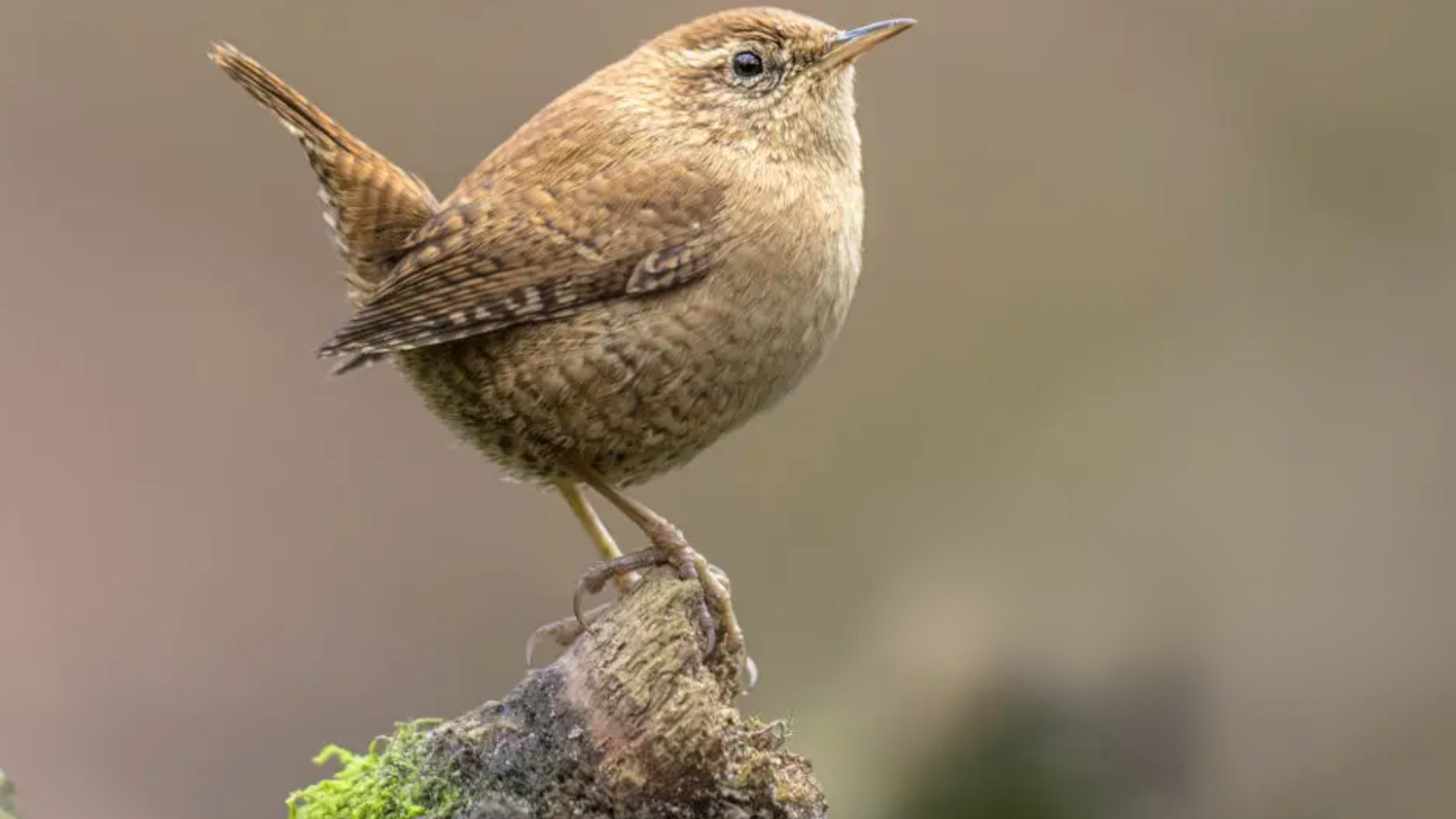
Small, energetic birds known for their loud, complex songs and upturned tails. These active foragers are constantly on the move, exploring every nook and cranny for food.
Despite their tiny size, they are highly territorial and show remarkable courage in defending their nests.
- Species: House Wren, Carolina Wren, Winter Wren
- Habitat: Woodlands, gardens worldwide
- Diet: Insects, spiders, seeds
16. Whippet
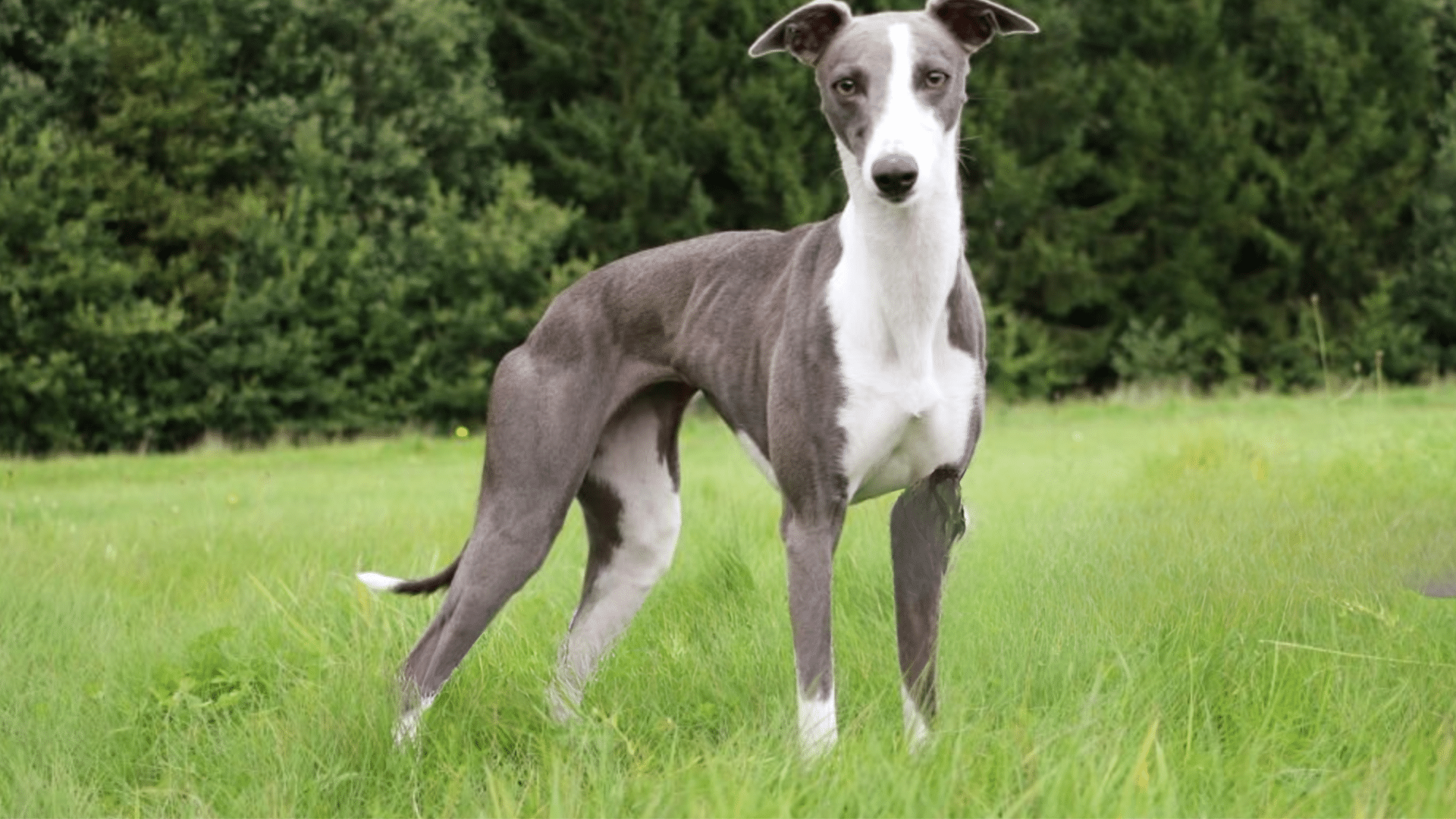
A sleek, athletic sighthound breed known for its incredible speed and gentle temperament.
These dogs combine the speed of their greyhound ancestors with a more manageable size. Despite their racing abilities, they are calm and affectionate companions at home.
- Species: Canis lupus familiaris
- Habitat: Domestic environments worldwide
- Diet: Commercial dog food, meat
17. Warty Sea Cucumber
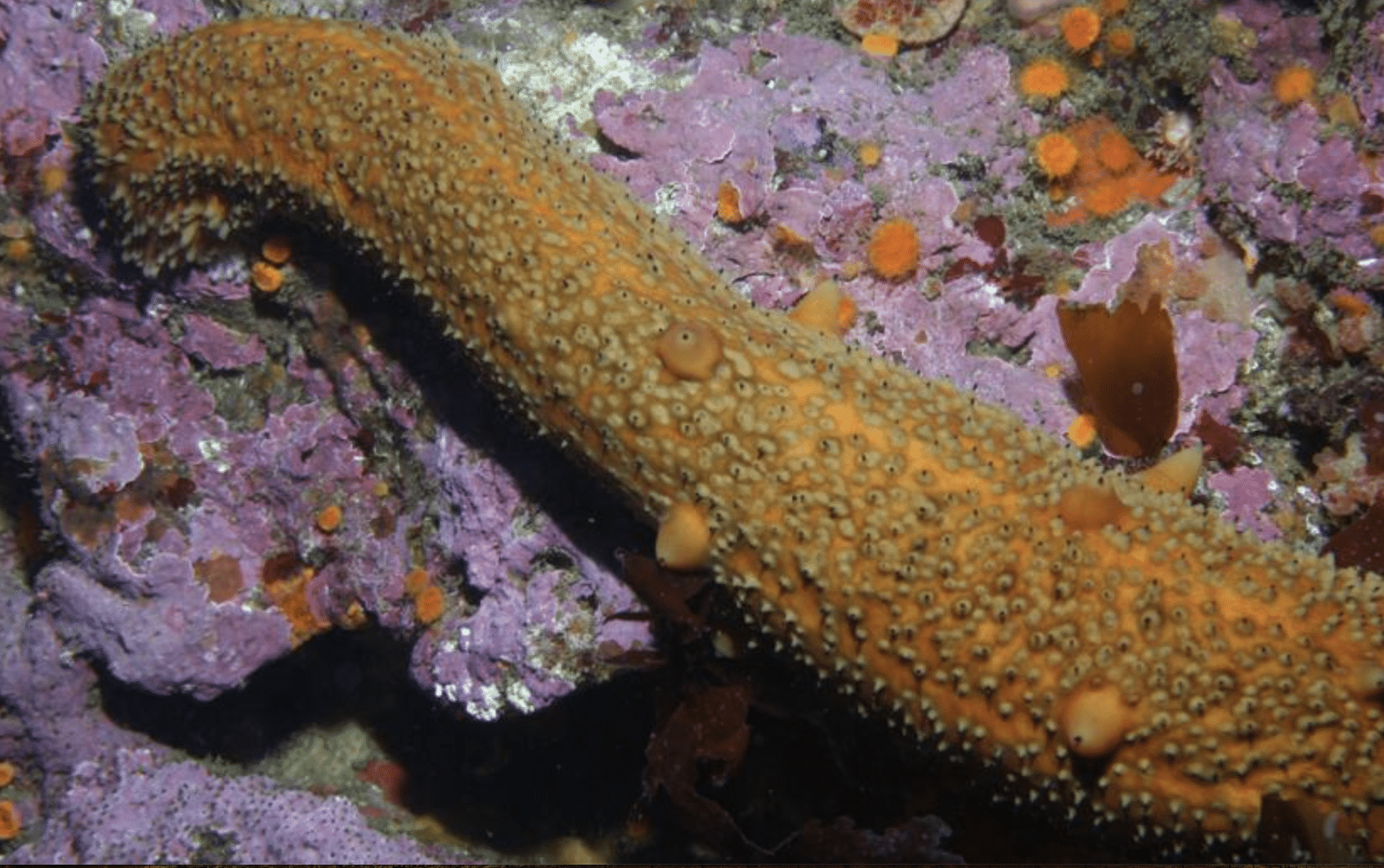
These unusual marine animals are characterized by their elongated bodies and warty skin texture.
They play important roles in marine ecosystems by filtering sand and water. When threatened, they can expel their internal organs, which later regenerate.
- Species: California Sea Cucumber, Japanese Sea Cucumber
- Habitat: Ocean floors worldwide
- Diet: Organic detritus, plankton
18. Western Diamondback Rattlesnake
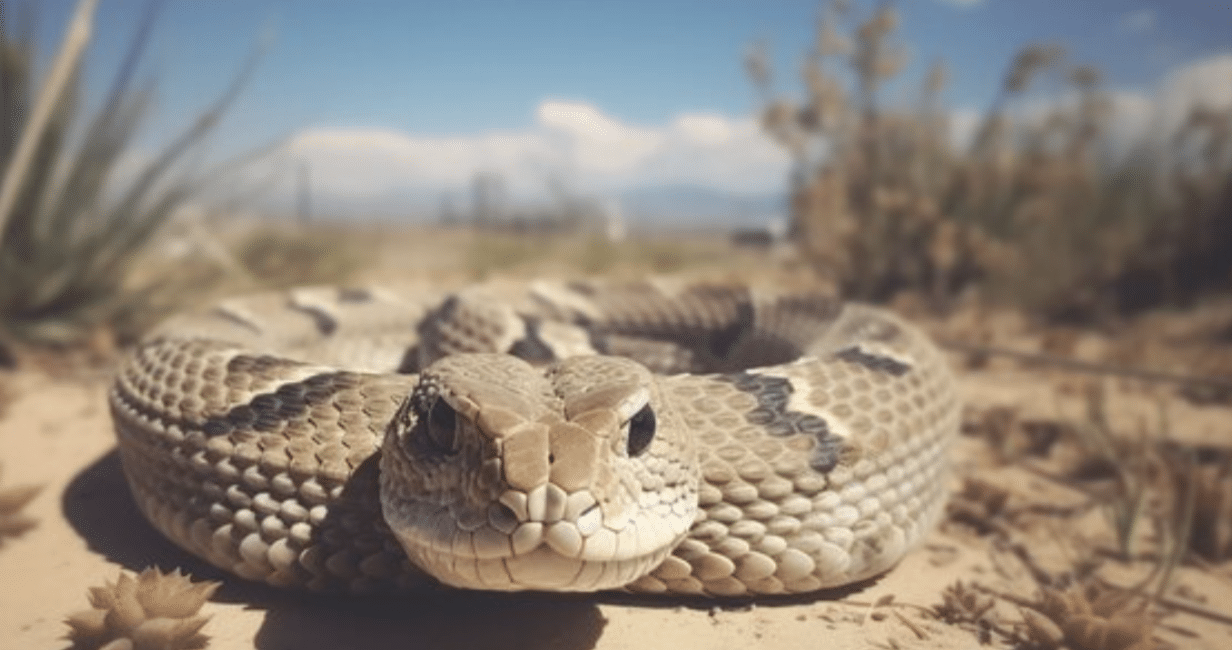
One of North America’s most notorious pit vipers, known for its distinctive diamond pattern and warning rattle.
These heavy-bodied snakes are excellent hunters with heat-sensing pits that help them detect prey. Their venom is primarily used to obtain food rather than for defense.
- Species: Crotalus atrox
- Habitat: Desert and scrubland in southwestern North America
- Diet: Rodents, rabbits, birds
19. Western Lowland Gorilla
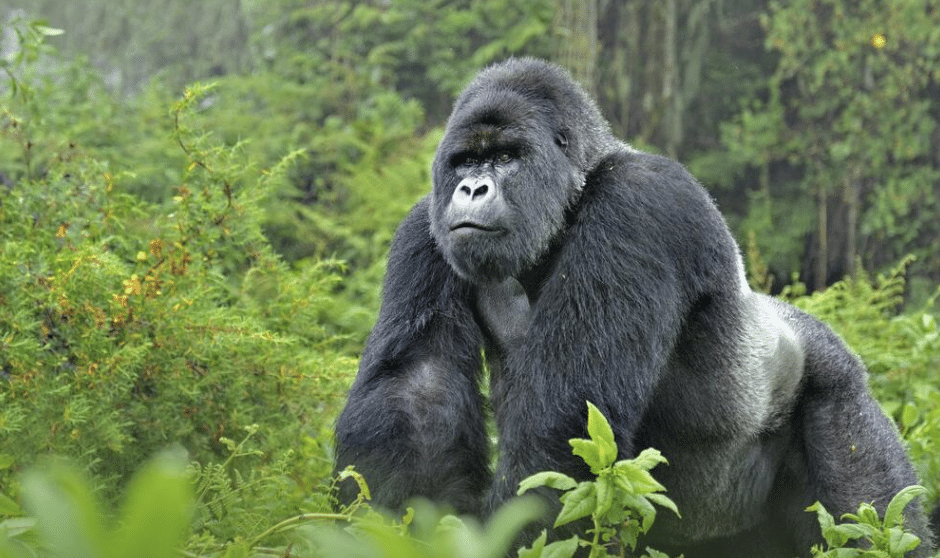
The most numerous and widespread of all gorilla subspecies, known for their intelligence and gentle nature. These great apes live in family groups led by a dominant silverback male.
They are primarily peaceful animals that display complex social behaviors and tool use.
- Species: Gorilla gorilla gorilla
- Habitat: Central African rainforests
- Diet: Leaves, fruits, shoots
20. Woodchuck
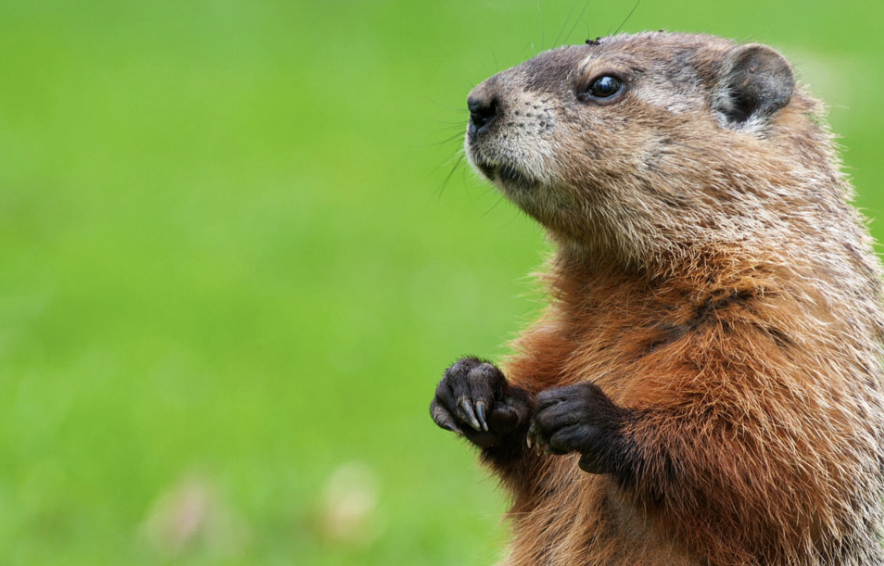
Also known as groundhogs, these rotund rodents are excellent diggers and hibernators. They create extensive burrow systems and are known for their weather-predicting folklore.
Despite their chunky appearance, they can climb trees and are good swimmers.
- Species: Marmota monax
- Habitat: North American woodlands and fields
- Diet: Plants, fruits, tree bark
21. Wild Boar
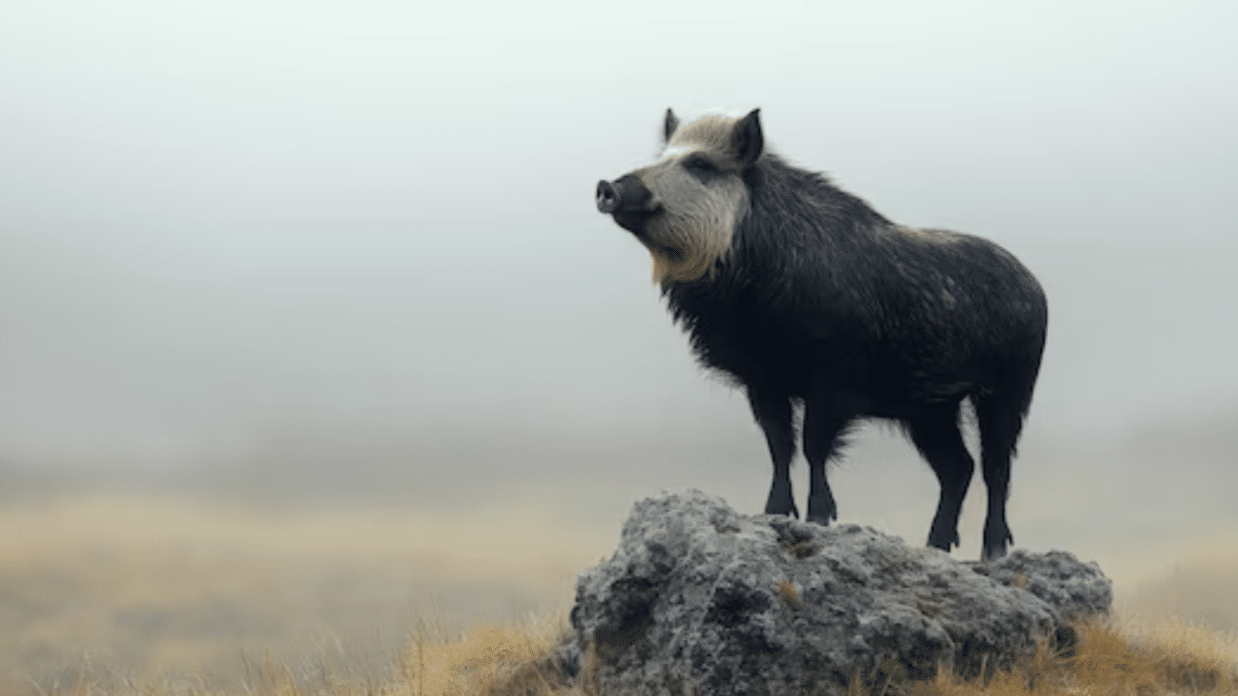
A robust, powerful wild pig with distinctive tusks and bristly hair.
They are highly adaptable and intelligent animals, capable of thriving in various environments. Known for their strength and determination, they can be aggressive when threatened and are skilled at rooting through soil for food using their specialized snouts.
- Species: Sus scrofa
- Habitat: Forests and grasslands across Europe, Asia, North Africa
- Diet: Roots, tubers, acorns, small animals
22. Wildcat
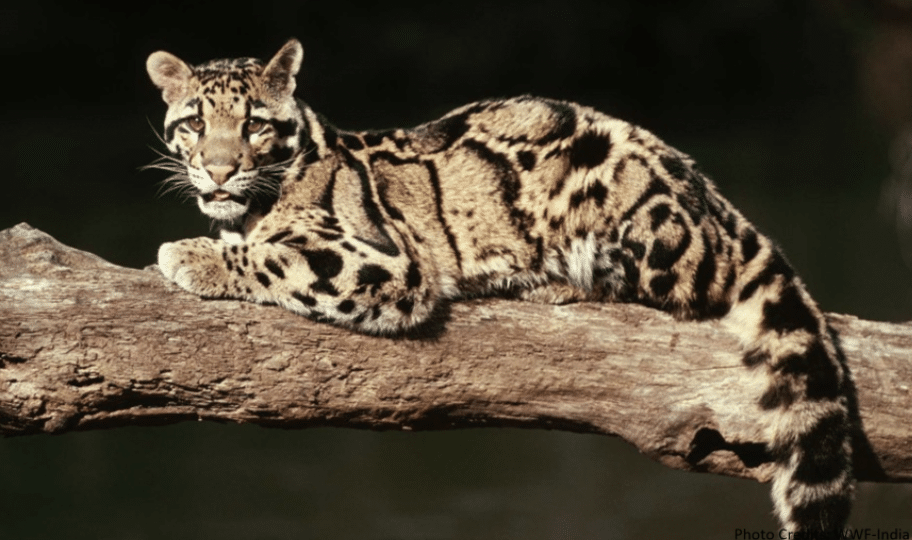
The ancestor of domestic cats, these fierce felines maintain a purely wild existence.
They are expert hunters with excellent night vision and acute hearing. Despite their similar appearance to house cats, wildcats are notably more muscular and aggressive, with distinctive striped patterns.
- Species: European Wildcat, African Wildcat
- Habitat: European and African woodlands
- Diet: Rodents, birds, rabbits
23. Winged Termite
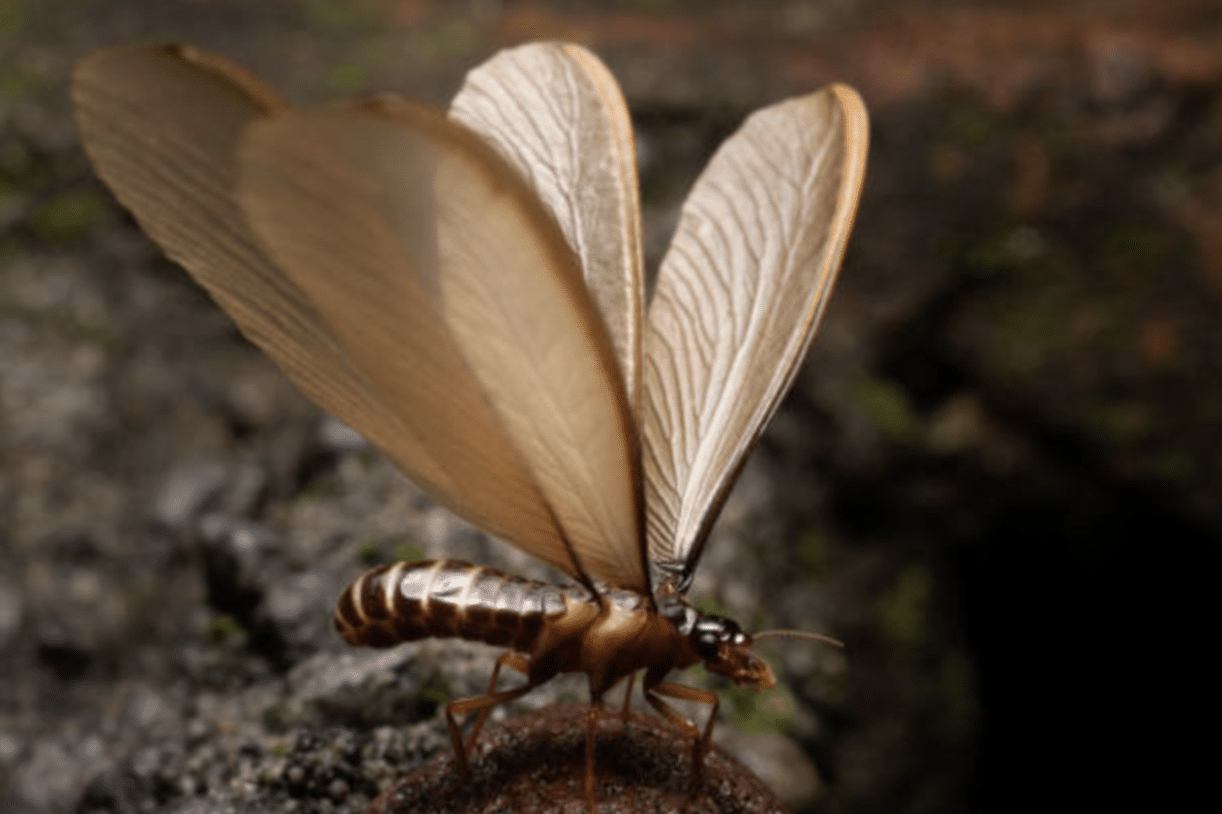
Also known as alates, these reproductive termites emerge in massive swarms during specific seasons.
They are the only termites with fully developed wings and are responsible for establishing new colonies. After their nuptial flight, they shed their wings and begin their life as new kings and queens.
- Species: Coptotermes formosanus, Reticulitermes flavipes
- Habitat: Tropical and subtropical regions worldwide
- Diet: Wood cellulose, plant matter
24. Whale Shark
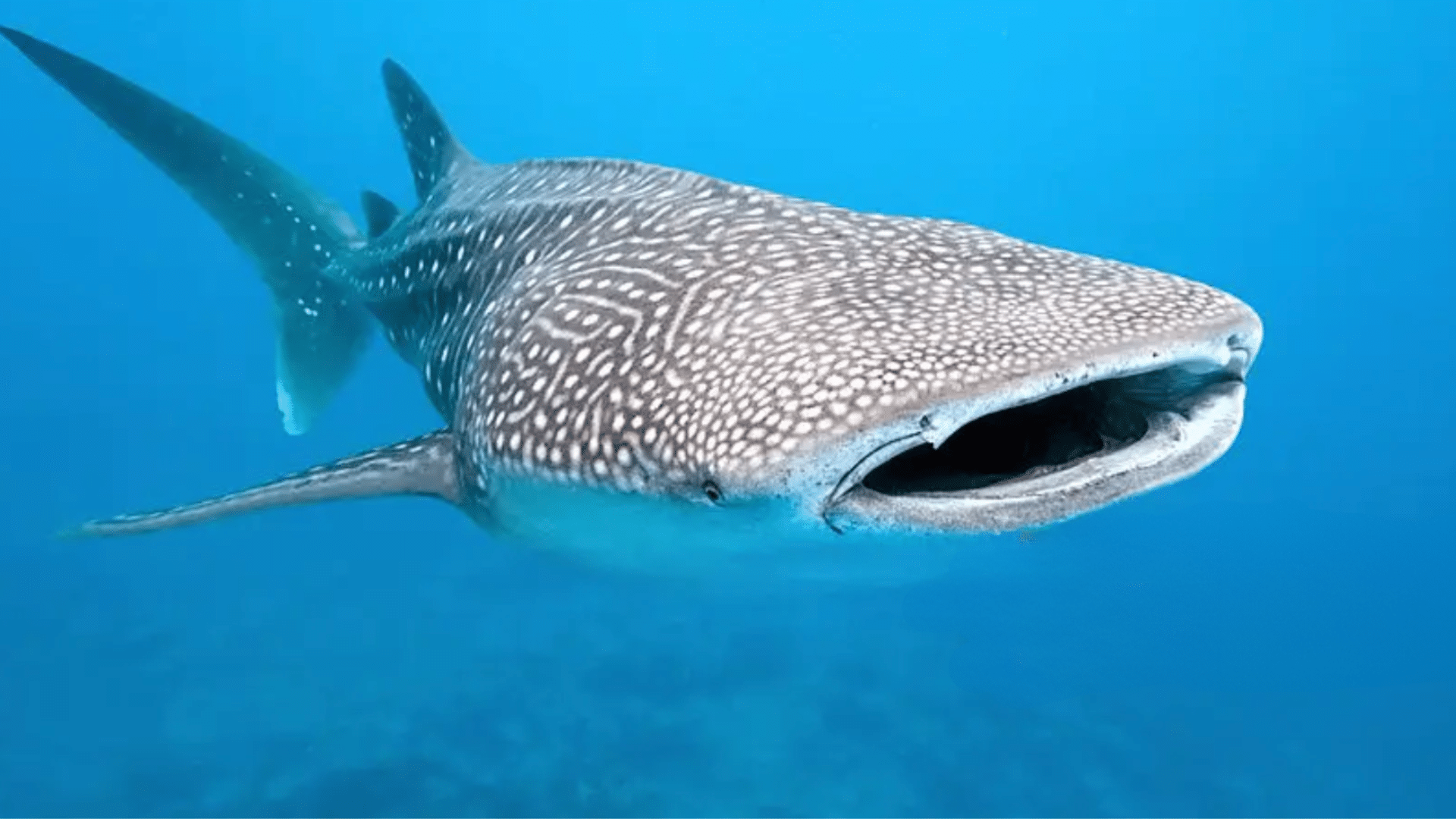
The largest known extant fish species, characterized by its distinctive spotted pattern and filter-feeding behavior. Despite their enormous size, they are gentle giants that pose no threat to humans.
These magnificent creatures can filter thousands of gallons of water per hour to obtain their food.
- Species: Rhincodon typus
- Habitat: Tropical and warm-temperate seas
- Diet: Plankton, small fish, squid
25. Western Tanager
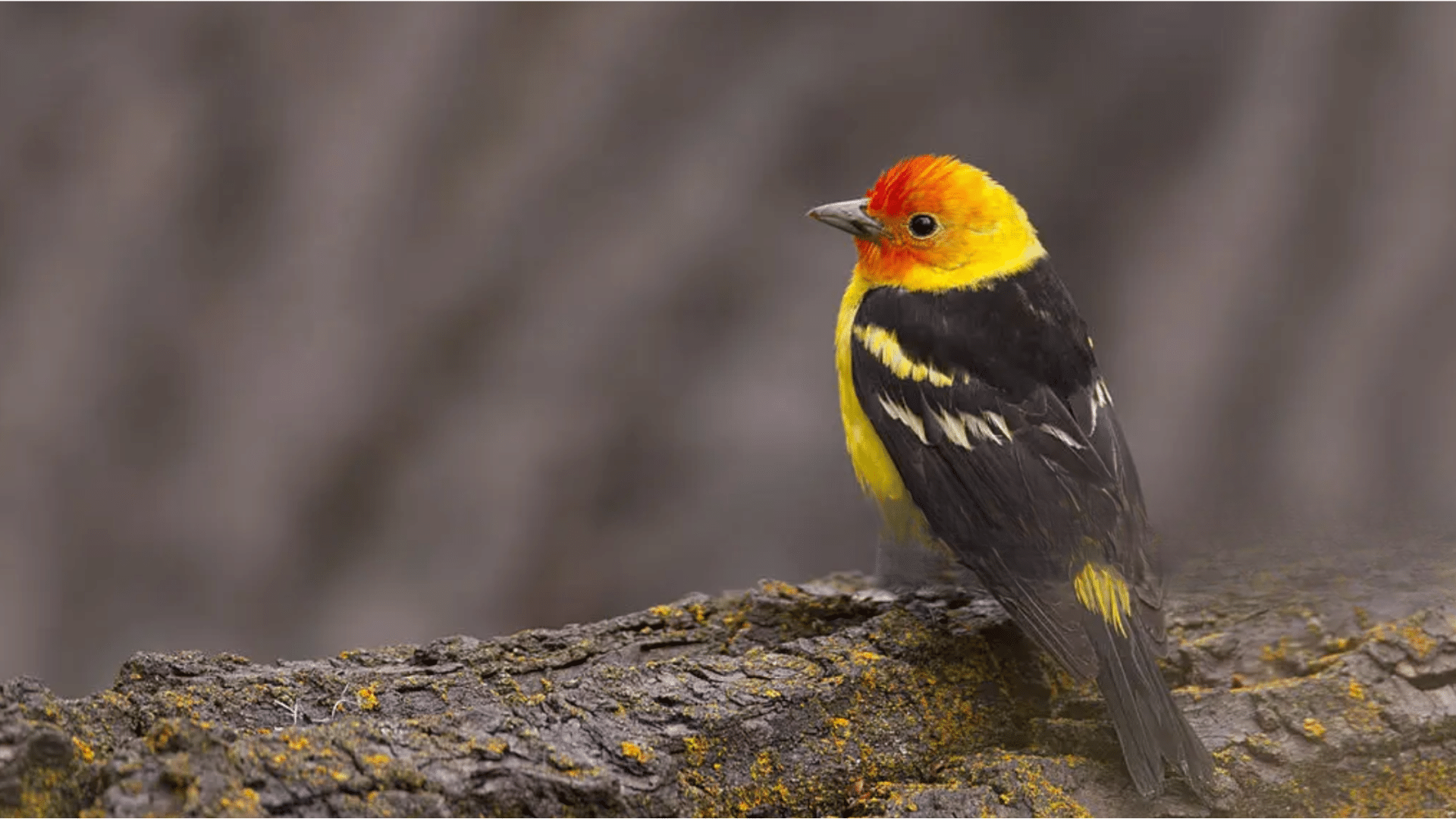
A radiant songbird known for its striking yellow wing patches and melodious calls.
These active birds are constantly on the move through the canopy, searching for food. They play an important role in seed dispersal throughout their habitat.
- Species: Thraupis abbas
- Habitat: Central American forests
- Diet: Fruits, insects, nectar
26. Wedge-Tailed Eagle
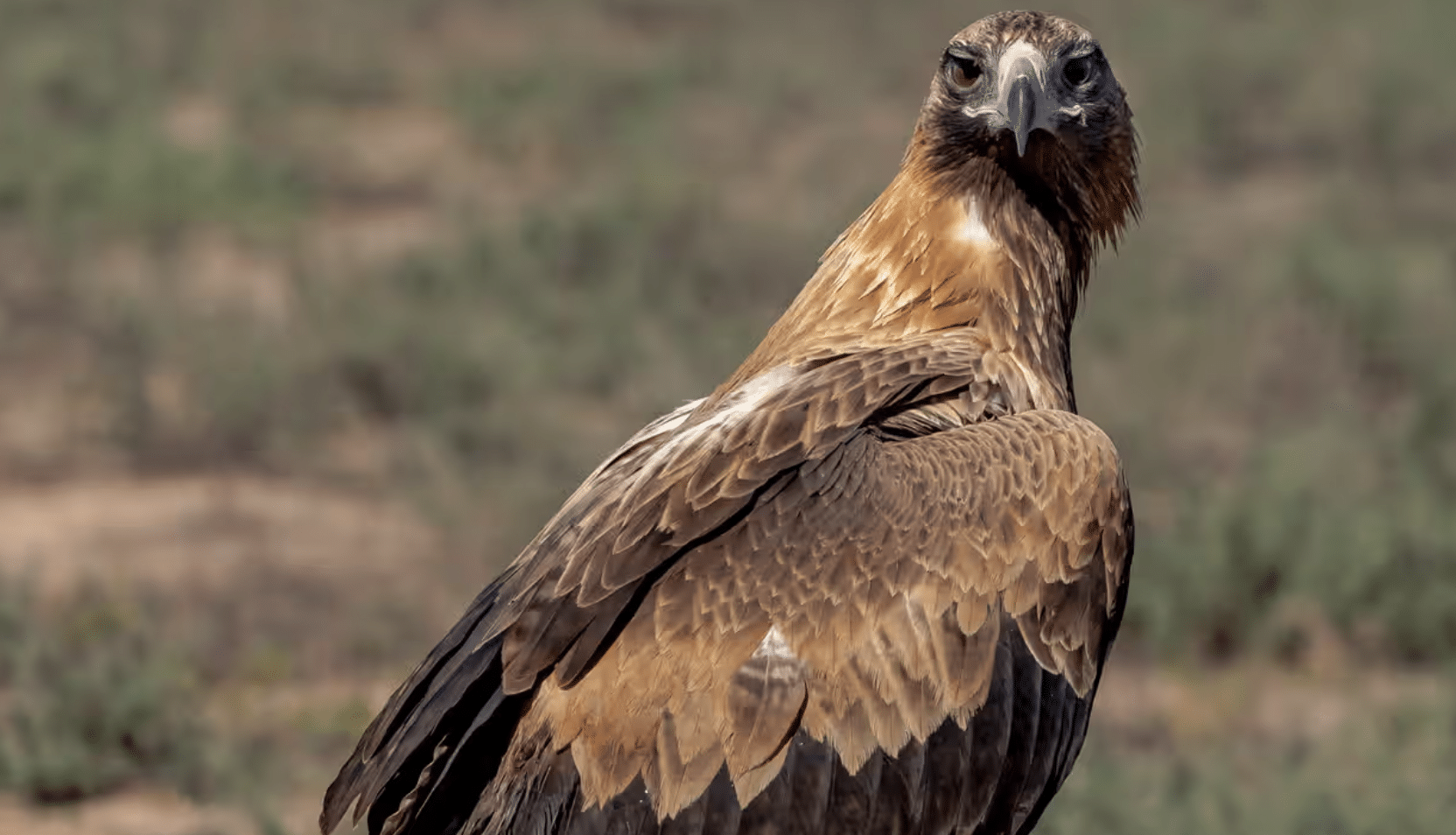
Australia’s largest bird of prey, known for its impressive wingspan and distinctive wedge-shaped tail.
These powerful raptors are capable of taking down large prey and can soar for hours using thermal currents. They build some of the largest nests of any bird.
- Species: Aquila audax
- Habitat: Australian plains and mountains
- Diet: Rabbits, wallabies, birds
27. Whiskered Bat
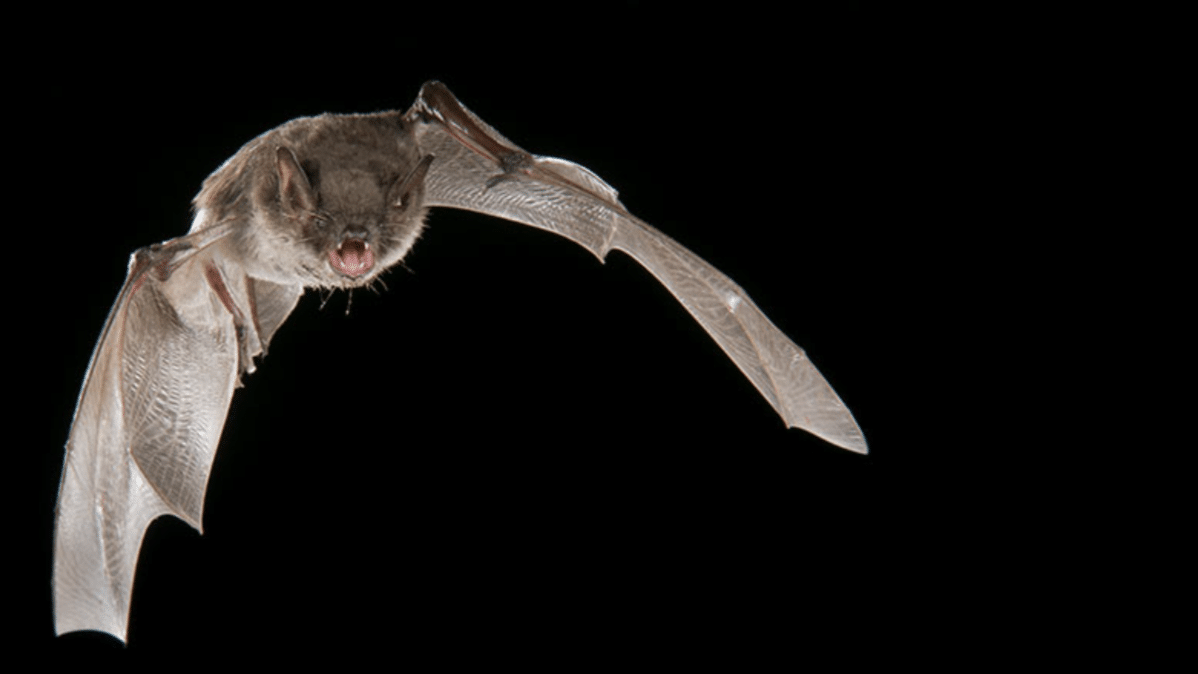
A small bat species characterized by its prominent facial whiskers used for enhanced navigation.
These agile flyers are masters of catching insects in flight and can maneuver through dense vegetation with incredible precision. They use echolocation to locate their prey in complete darkness.
- Species: Myotis mystacinus
- Habitat: European woodlands and urban areas
- Diet: Flying insects, moths
28. Warty Frogfish
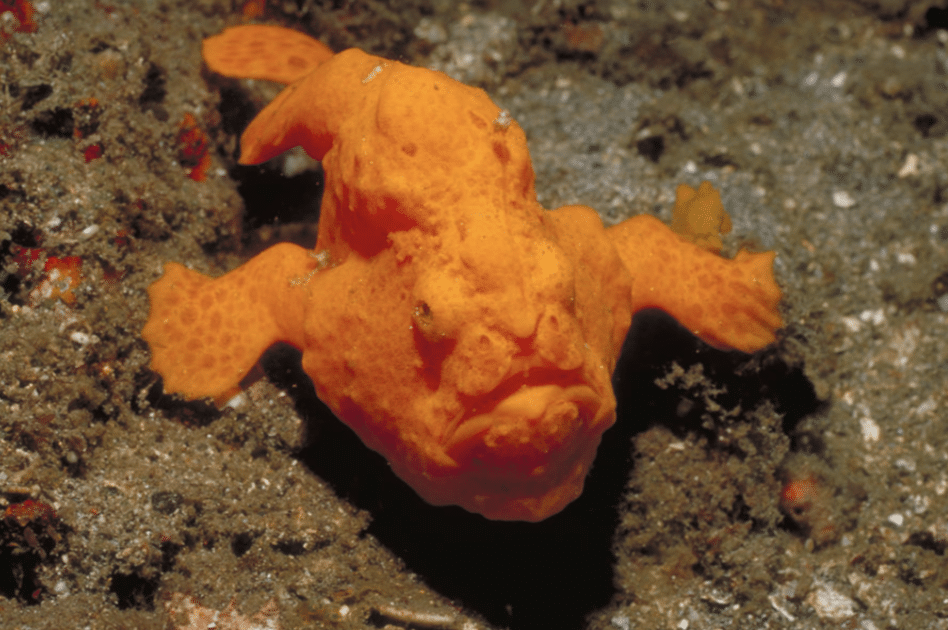
A master of camouflage with a textured, warty skin that helps it blend in with coral reefs.
These ambush predators can change color to match their surroundings and use a modified dorsal fin spike as a fishing lure. They can swallow prey nearly their own size by rapidly expanding their mouths.
- Species: Antennarius maculatus
- Habitat: Tropical coral reefs
- Diet: Small fish, crustaceans
29. Water Buffalo
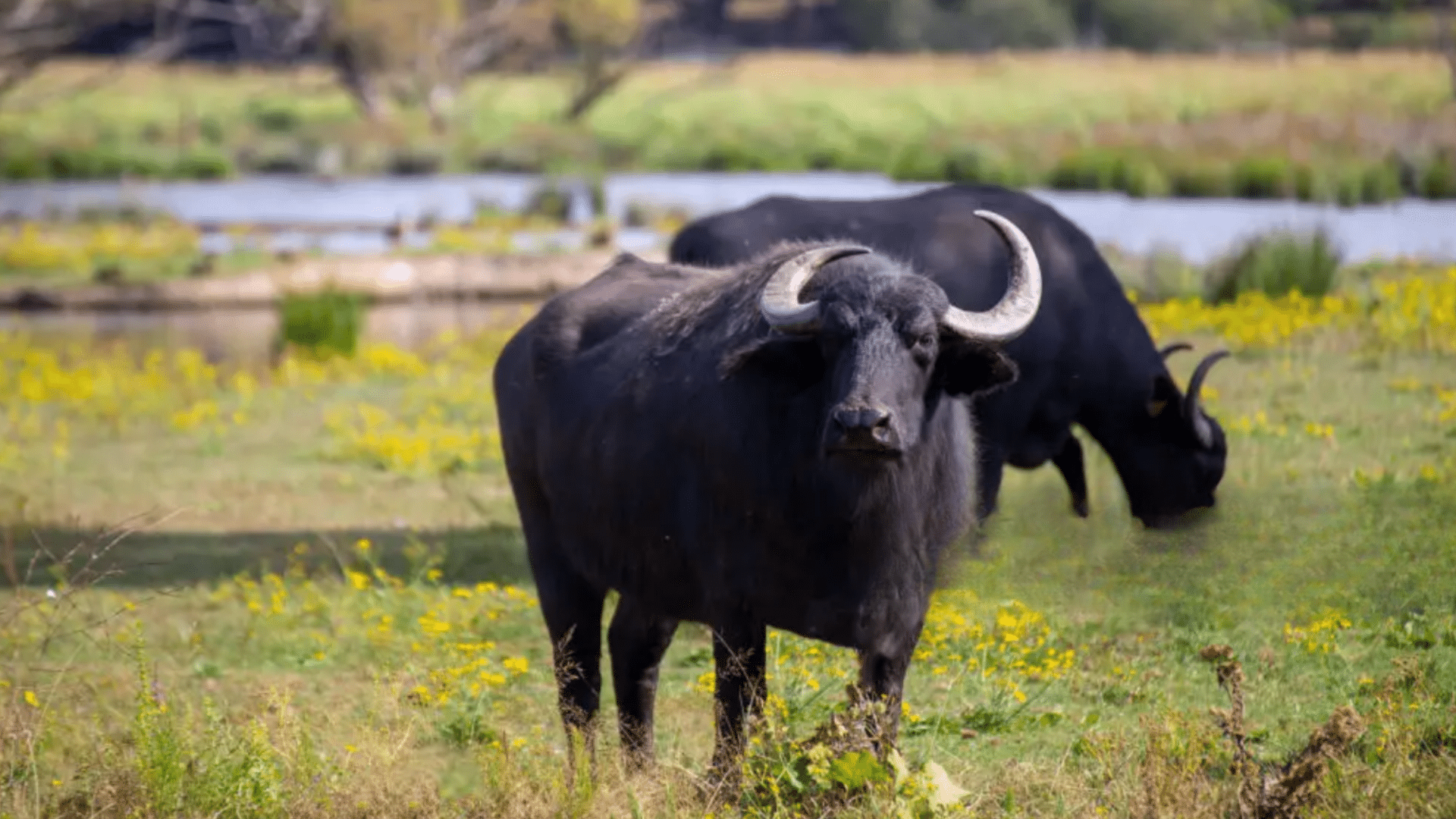
Massive bovines known for their impressive curved horns and semi-aquatic lifestyle.
These powerful animals are vital to agriculture in many parts of Asia, where they’ve been domesticated for thousands of years. They are excellent swimmers and can use their horns to defend against predators.
- Species: Asian Water Buffalo, Wild Water Buffalo
- Habitat: Asian wetlands and grasslands
- Diet: Grass, aquatic plants
30. Water Moccasin
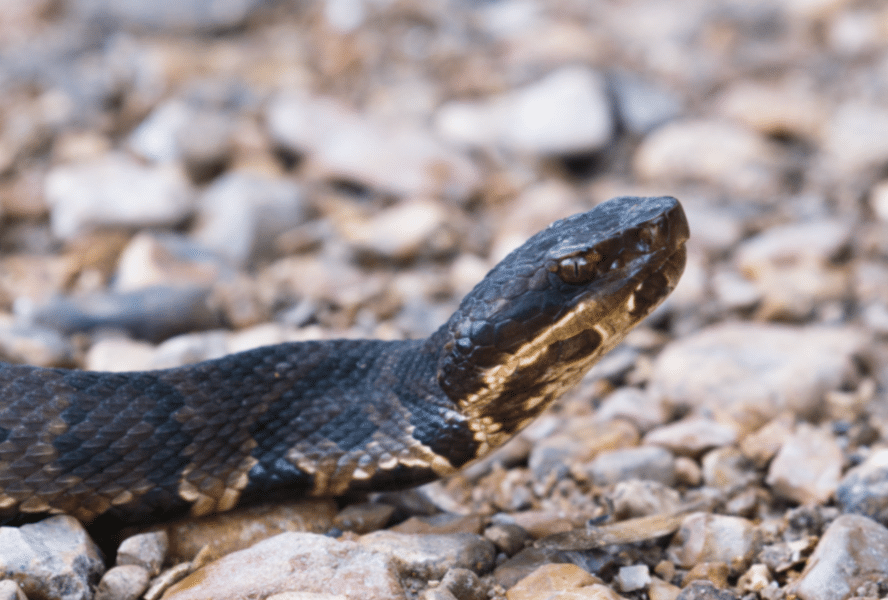
Also known as the cottonmouth, this semi-aquatic pit viper is known for its aggressive defense displays.
They are excellent swimmers and can strike accurately both in water and on land. When threatened, they often stand their ground and display their white mouth lining as a warning.
- Species: Agkistrodon piscivorus
- Habitat: Southeastern US wetlands
- Diet: Fish, amphibians, small mammals
31. White-Tailed Deer
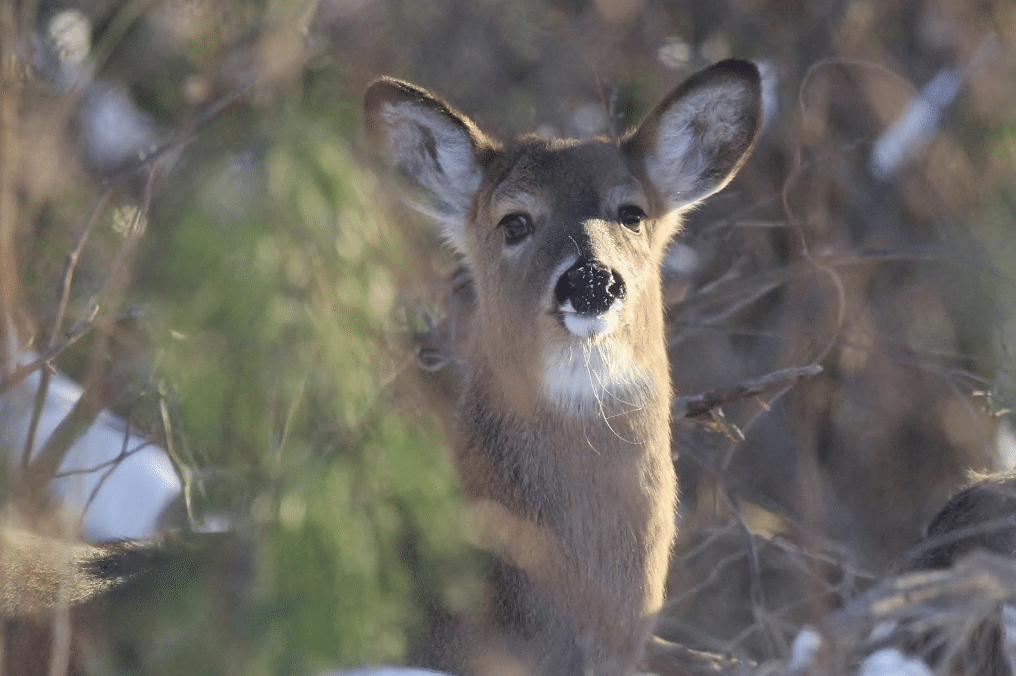
The most widely distributed deer in North America, known for its distinctive white underside of the tail, which it raises as a warning flag.
These adaptable herbivores can thrive in various environments, from forests to suburban areas. They are excellent jumpers and swimmers, with keen senses that help them avoid predators.
- Species: Odocoileus virginianus
- Habitat: North American forests and fields
- Diet: Leaves, twigs, fruits, nuts
More Animals To Explore that Start with W
32. Walking Stick
33. Wandering Albatross
34. Water Monitor
35. Water Vole
36. Weaver Bird
37. Web-footed Gecko
38. Western Fence Lizard
39. Western Meadowlark
40. Western Screech Owl
41. White-Cheeked Gibbon
42. White-Crowned Sparrow
43. White-Faced Capuchin
44. White-Handed Gibbon
45. White-Headed Vulture
46. White-Lipped Peccary
47. White-Throated Toucan
48. Whooping Crane
49. Wild Turkey
50. Wire-Haired Fox Terrier
51. Wolf Spider
52. Wolverine
53. Wood Duck
54. Wood Frog
55. Woolly Bear Caterpillar
56. Woolly Monkey
57. Wrasse
58. Wrinkle-Faced Bat
59. Wyoming Toad
60. Water Strider
61. Wandering Glider
62. Warrior Ant
63. Water Opossum
64. Water Rail
65. Water Shrew
66. Water Snake
67. Waterfall Swift
68. Wattle Bird
69. Welsh Corgi
70. Welsh Terrier
71. West Highland Terrier
72. Western Banded Gecko
73. Western Spotted Skunk
74. Western Tanager
75. Whale Shark
76. Whimbrel
77. White-Bellied Sea Eagle
78. White-Breasted Nuthatch
79. White-Eyed Vireo
80. White-Footed Mouse
81. White-Fronted Bee-Eater
82. White-Necked Raven
83. White-Tailed Eagle
84. White-Winged Dove
85. Wild Ass
86. Wilson’s Bird of Paradise
87. Wilson’s Storm Petrel
88. Winter Wren
89. Wire-Tailed Manakin
90. Wood Stork
91. Wood Thrush
92. Woodland Caribou
93. Woodrat
94. Woolly Lemur
95. Woolly Mammoth
96. Wreathed Hornbill
97. Wryneck
98. Water Chevrotain
99. Water Dragon
100. Water Thick-Knee
101. Waterbuck
102. Wattled Crane
103. Waxwing
104. Western Capercaillie
105. Western Grebe
106. Western Palm Squirrel
107. Western Pond Turtle
108. Western Pygmy Possum
109. Western Reef Heron
110. White Admiral Butterfly
111. White Cockatoo
112. White Stork
113. White-Backed Vulture
114. White-Eared Pheasant
115. White-Faced Whistling Duck
116. White-Naped Crane
117. White-Rumped Shama
118. White-Tailed Kite
119. White-Throated Sparrow
120. White-Winged Scoter
121. Wood Sandpiper
122. Wood Warbler
123. Wrinkled Hornbill
Interesting Tidbits About Some Of These Animals
- Walking Stick insects can regrow lost limbs during their molting process, making them one of the few insects capable of limb regeneration.
- The Wandering Albatross has the longest wingspan of any living bird, reaching up to 11.5 feet across – that’s wider than a small car!
- Water Monitors can count – research shows they can distinguish between sets of up to six items, displaying remarkable cognitive abilities for a reptile.
- Water Voles are excellent swimmers and can stay underwater for up to 20 seconds while escaping predators, despite looking like typical land rodents.
- Weaver Birds are master architects, creating intricate hanging nests that can take up to 500 trips to gather enough grass strands to complete.
- Web-footed Geckos have specialized scales on their toes that allow them to walk across desert sand without sinking or burning their feet.
- Western Fence Lizards have blood that naturally kills the bacteria that causes Lyme disease in ticks that bite them.
Conclusion
There you have it – 123 incredible ‘W’ animals that showcase nature’s endless creativity!
From water-dwelling wonders to woodland warriors, each creature brings its own unique story to our natural world.
Speaking of amazing animals, if you enjoyed this wild exploration, you might want to check out our blog about animals that start with ‘M’ with some mind-blowing animals too!
These creatures keep reminding us just how diverse our planet’s wildlife really is.
So next time you hear about a Wandering Albatross or spot a White-tailed Deer, you’ll know exactly what makes them special.

